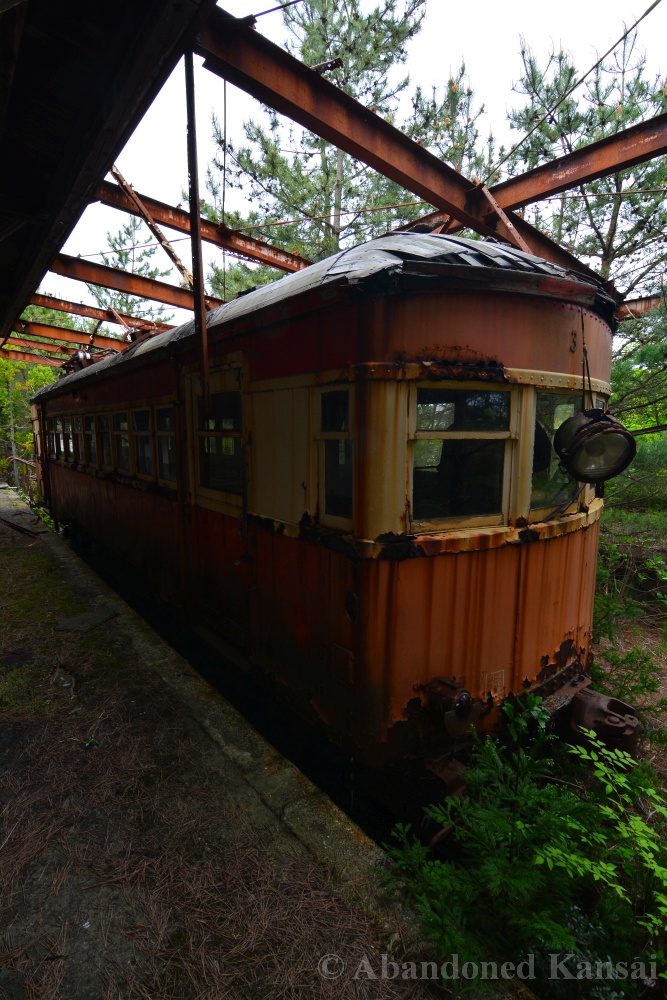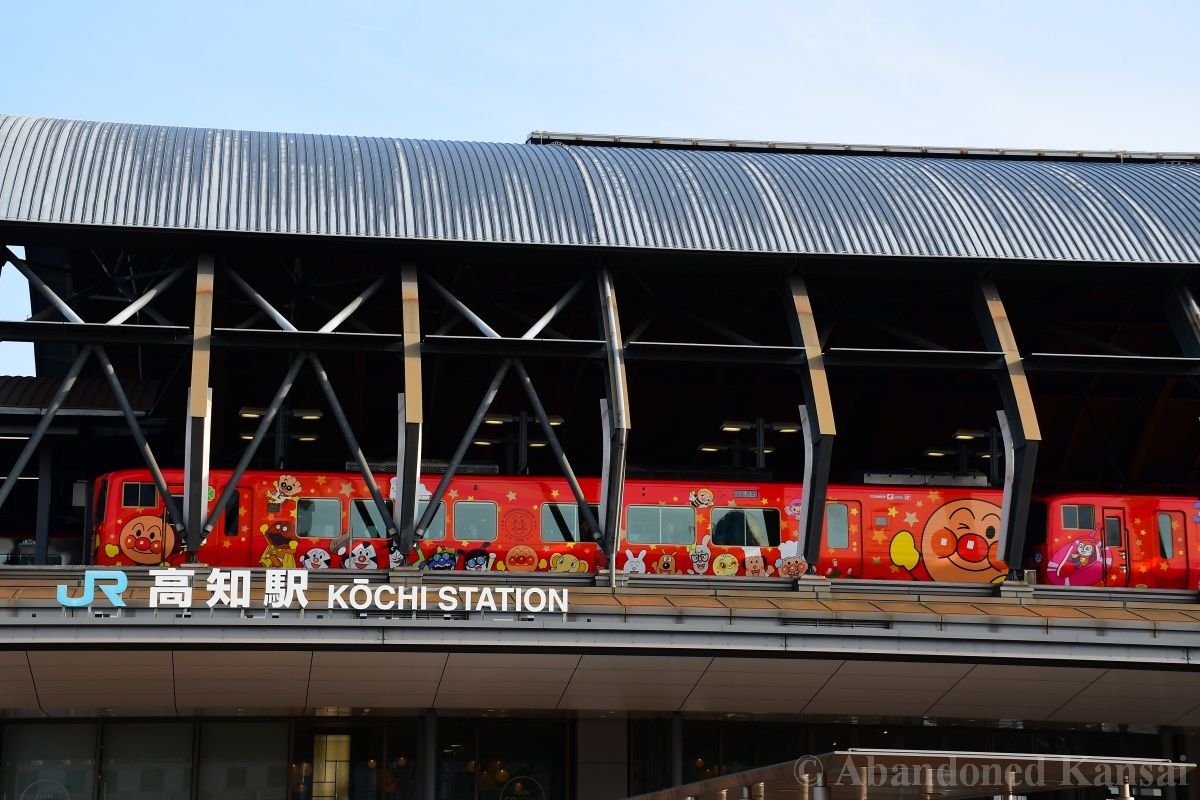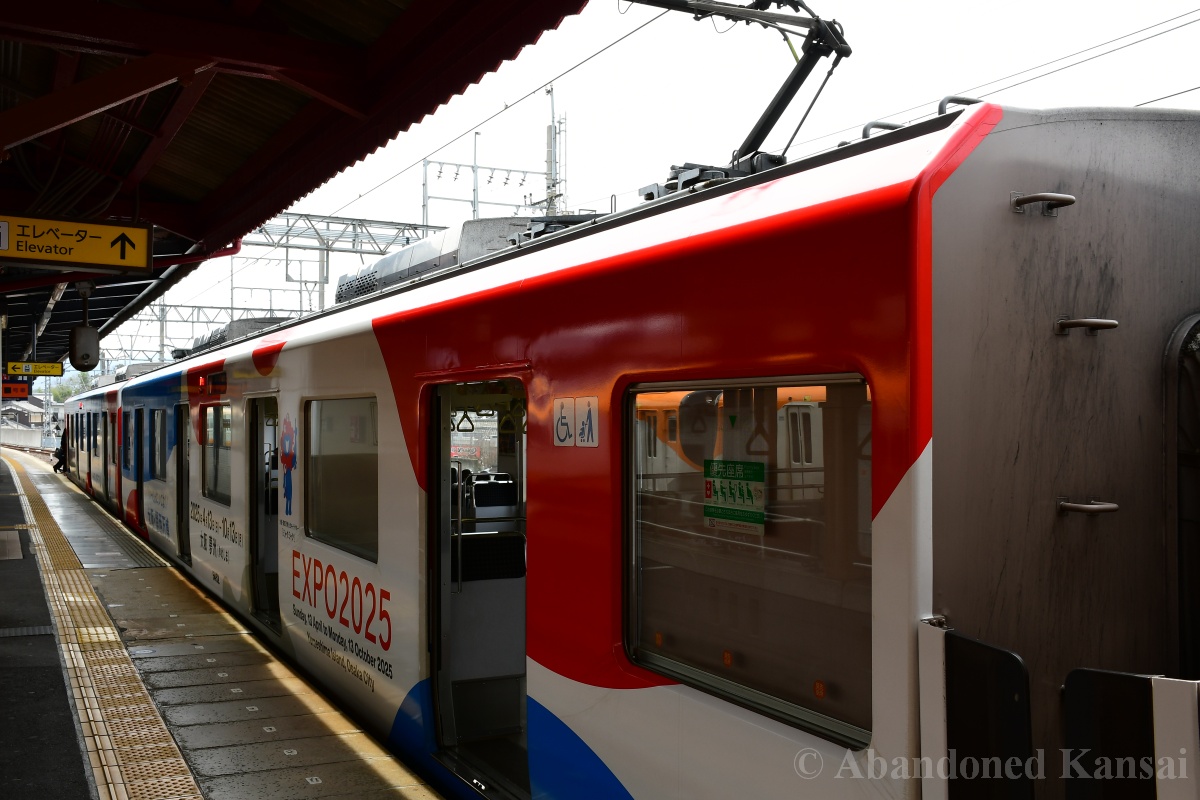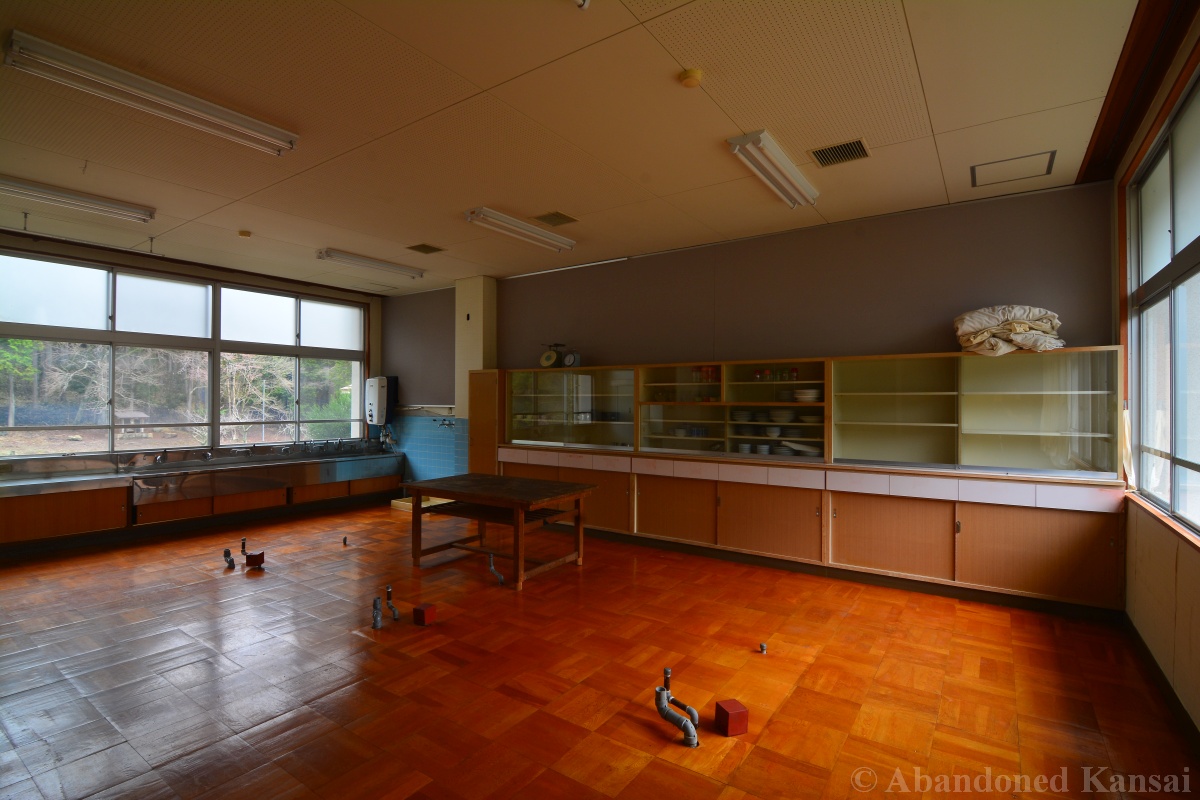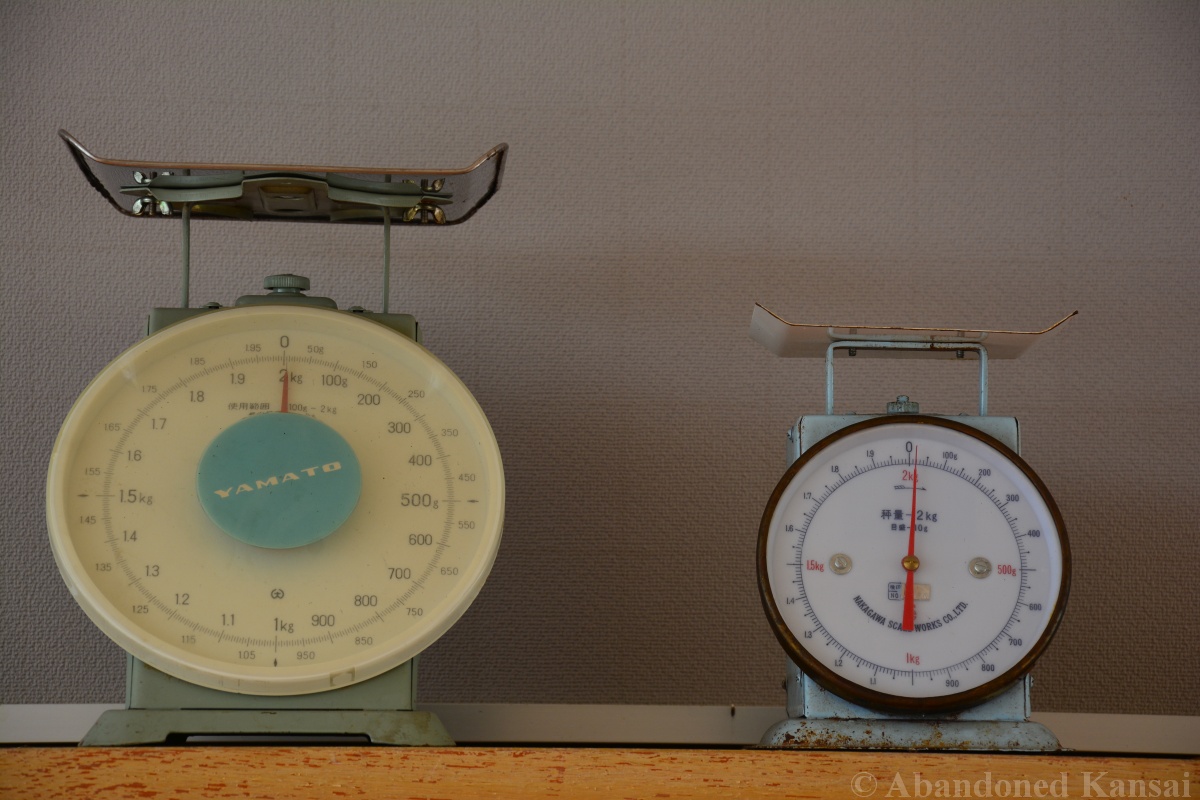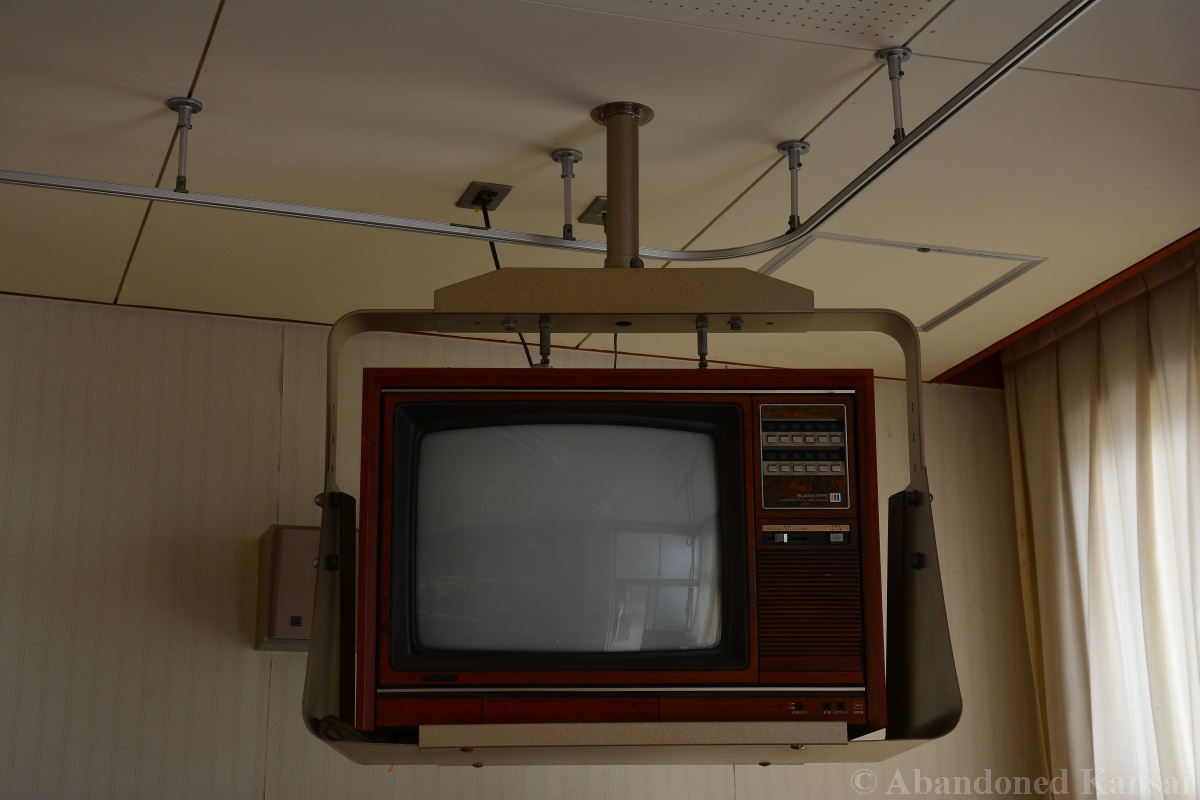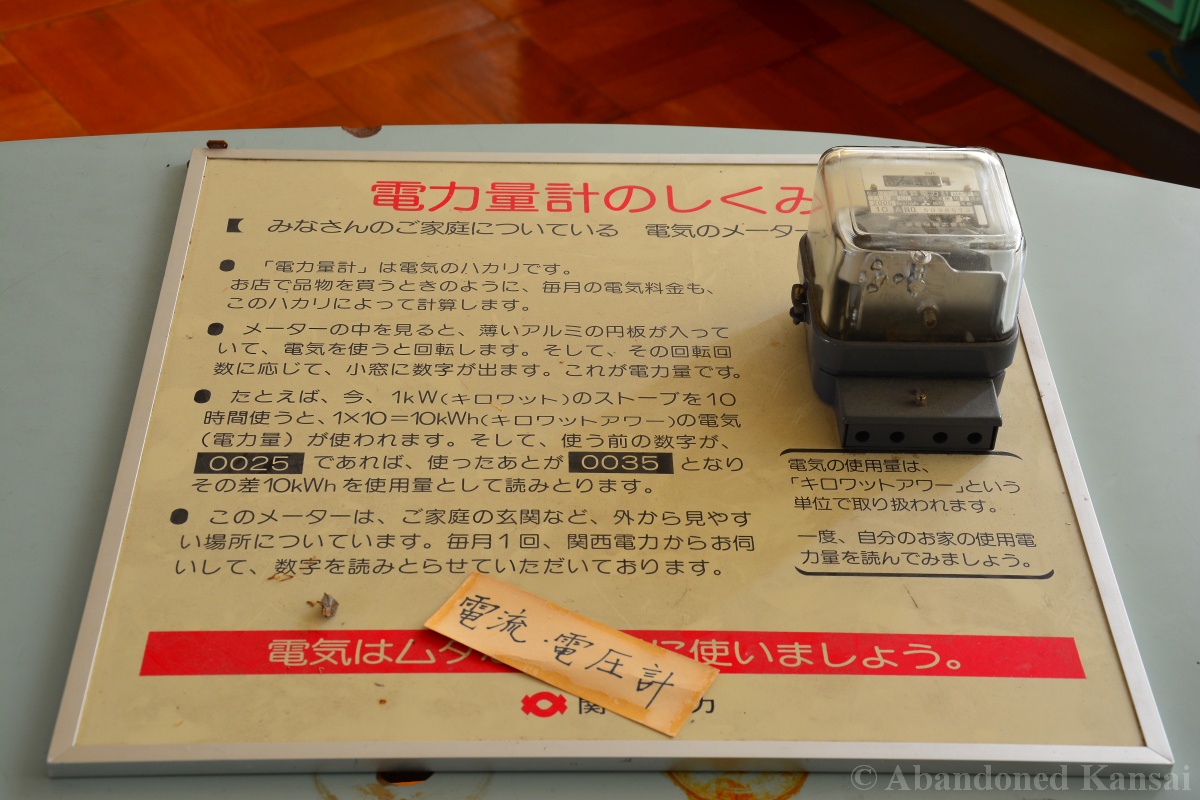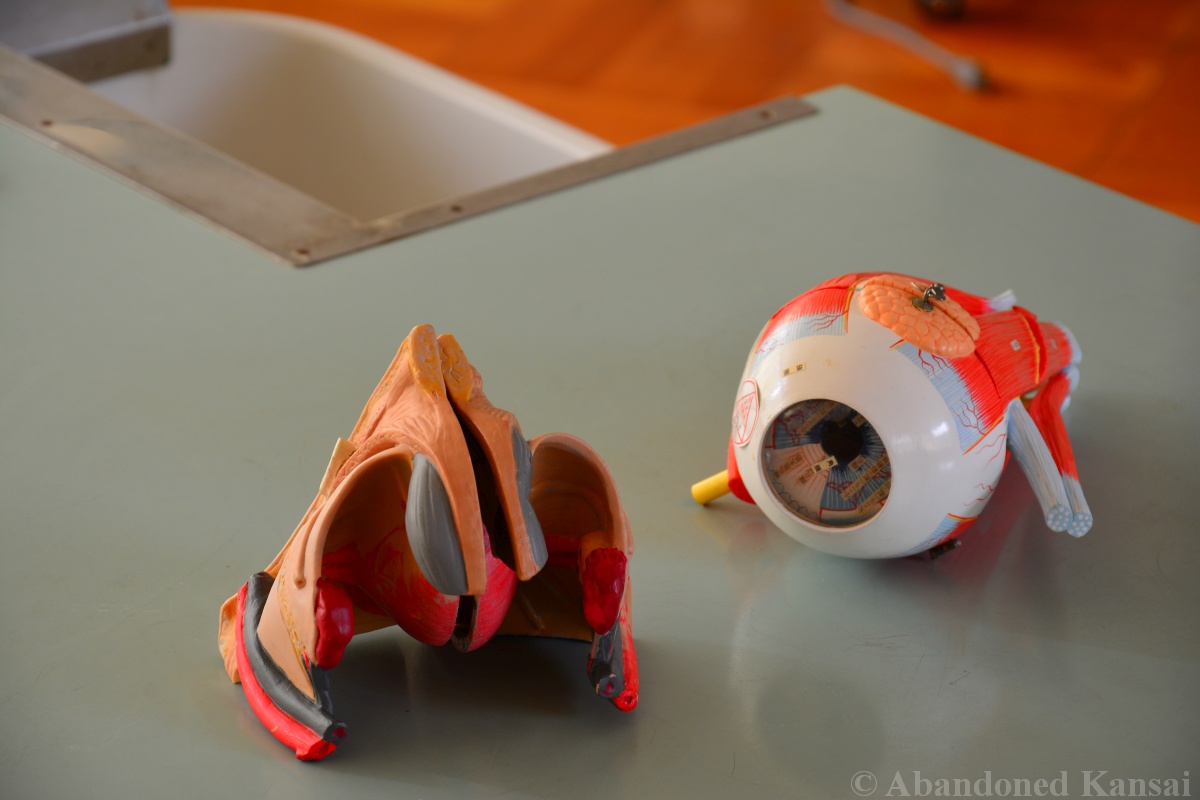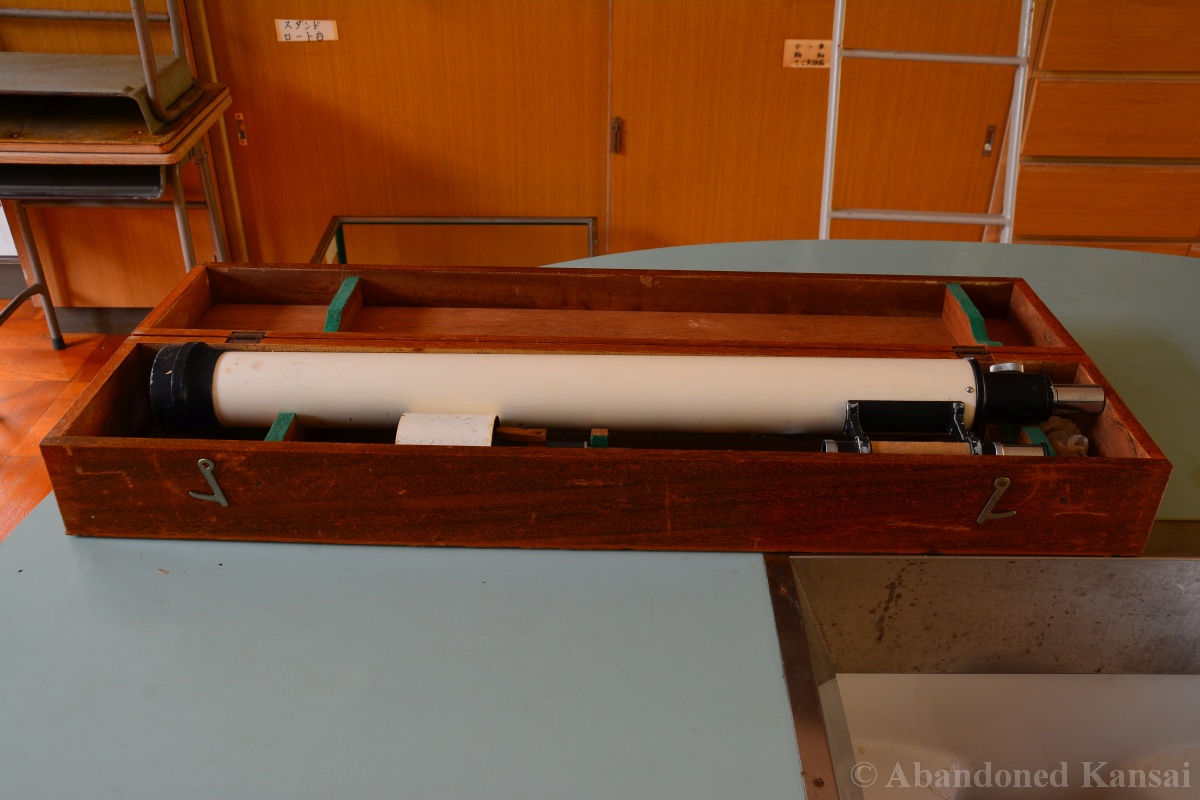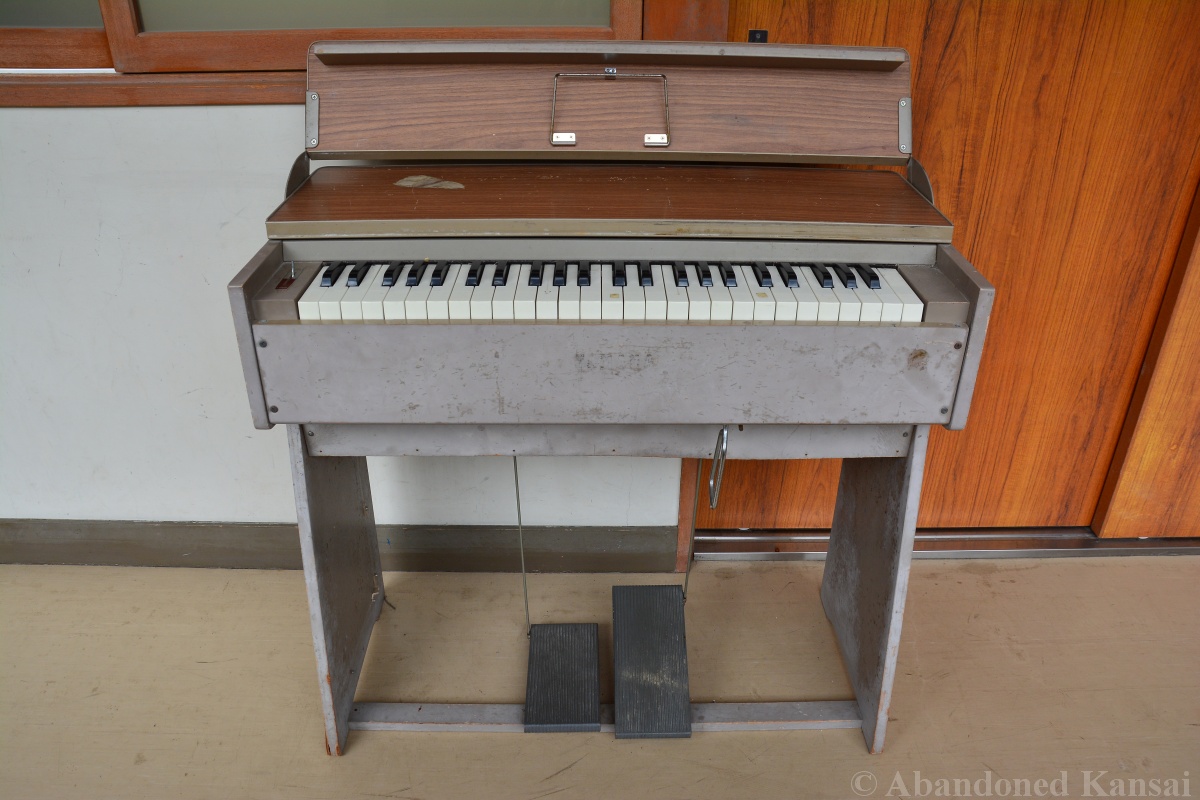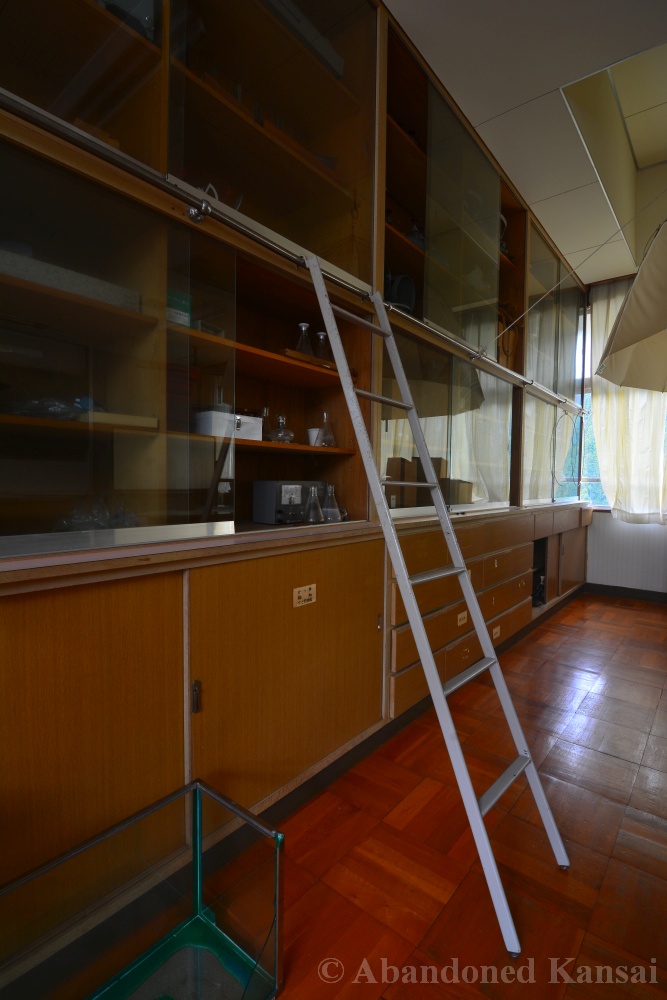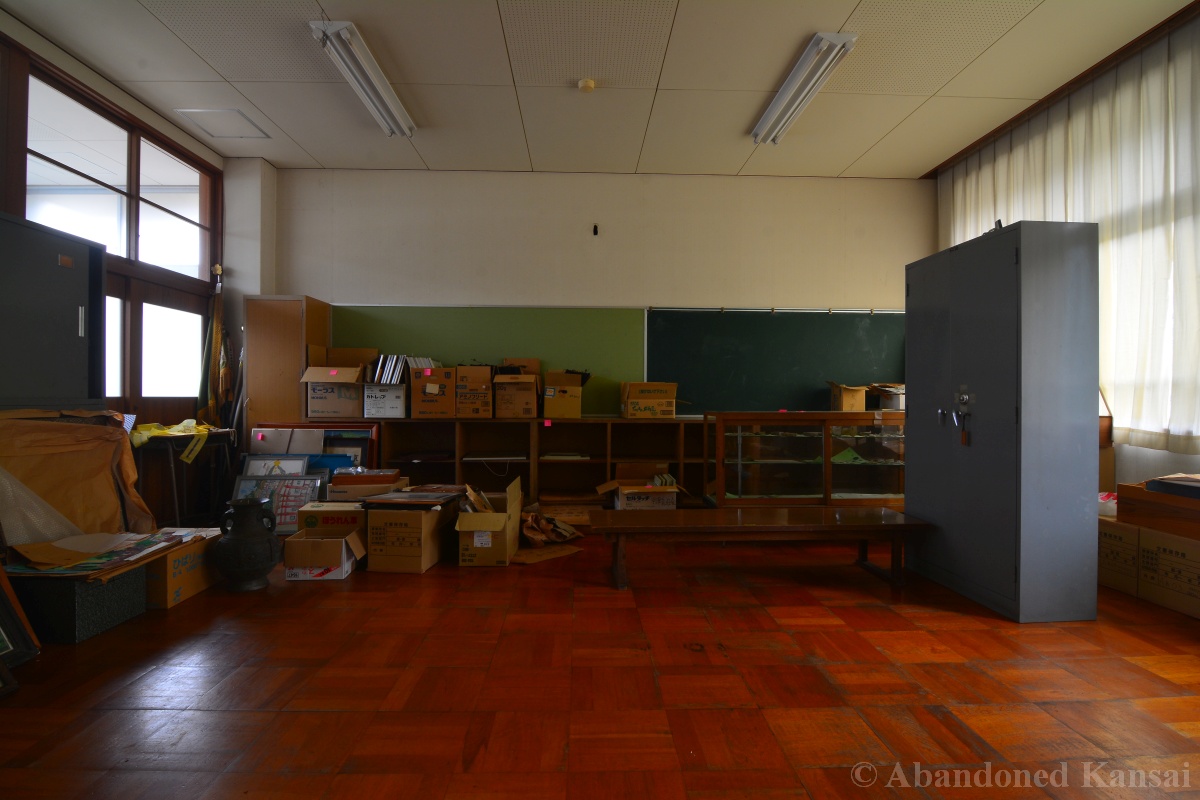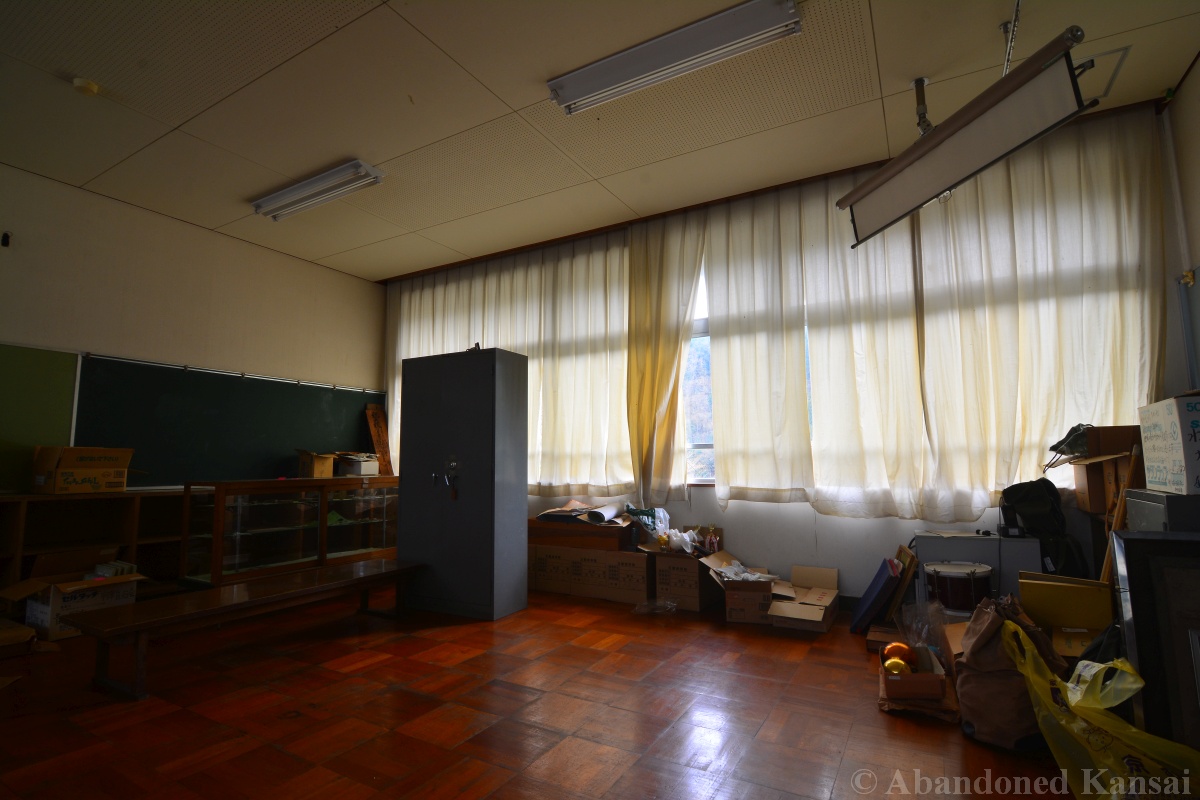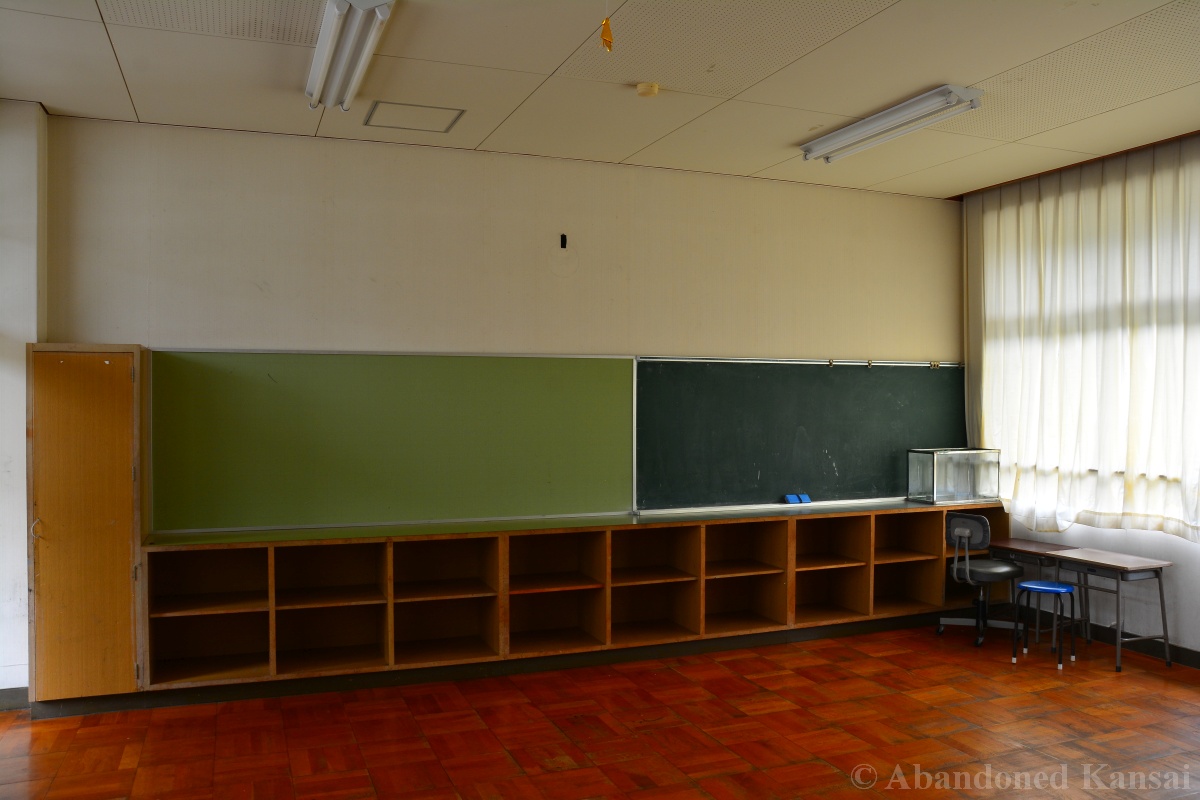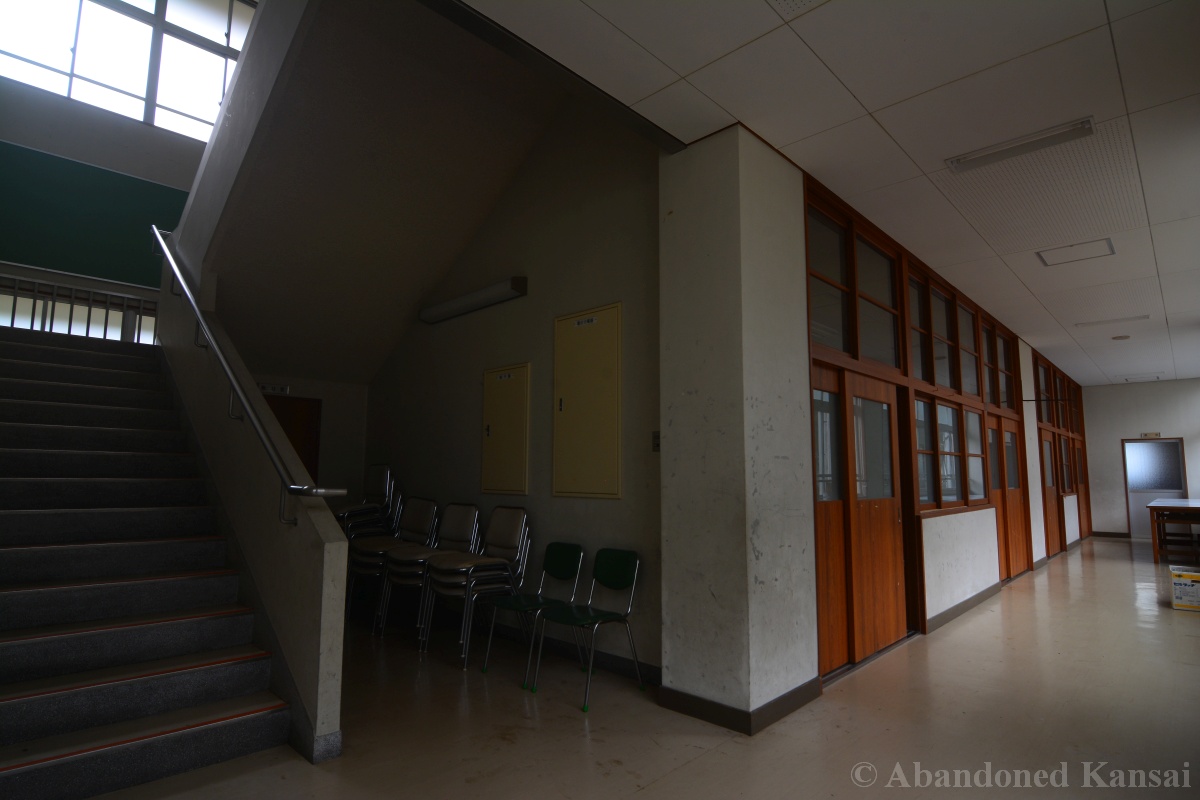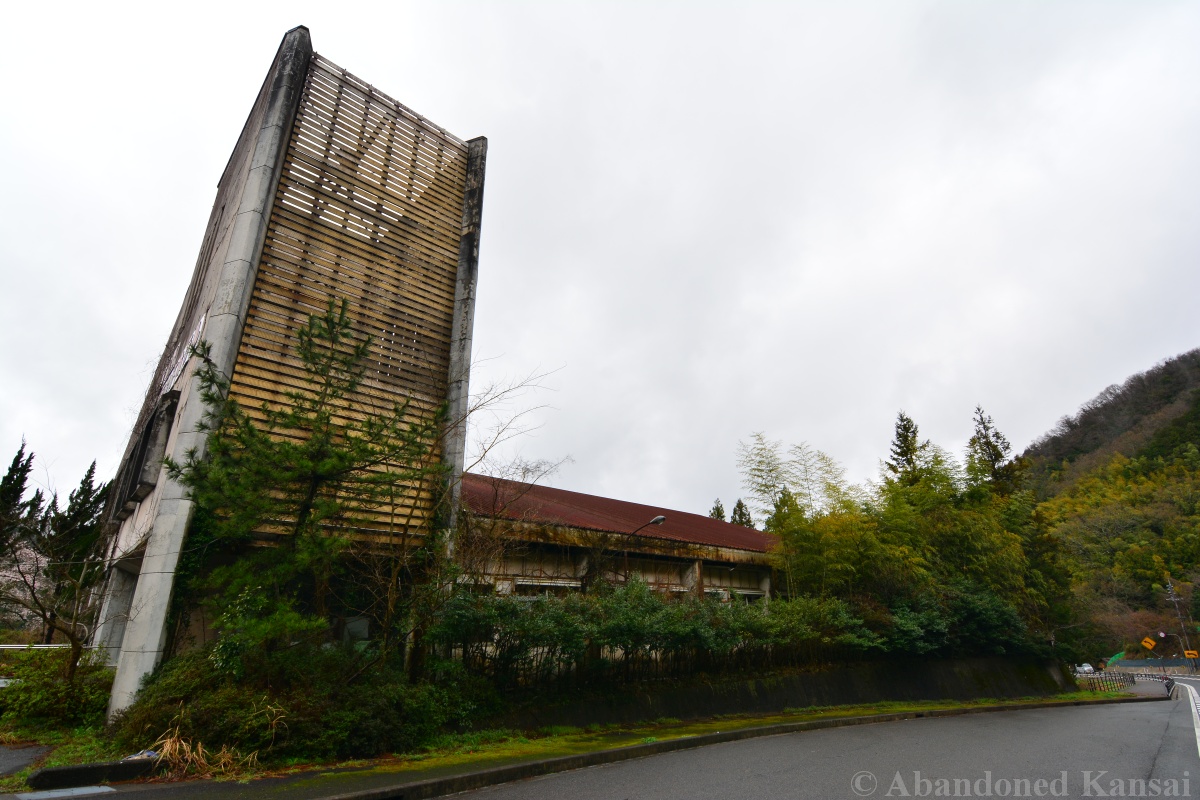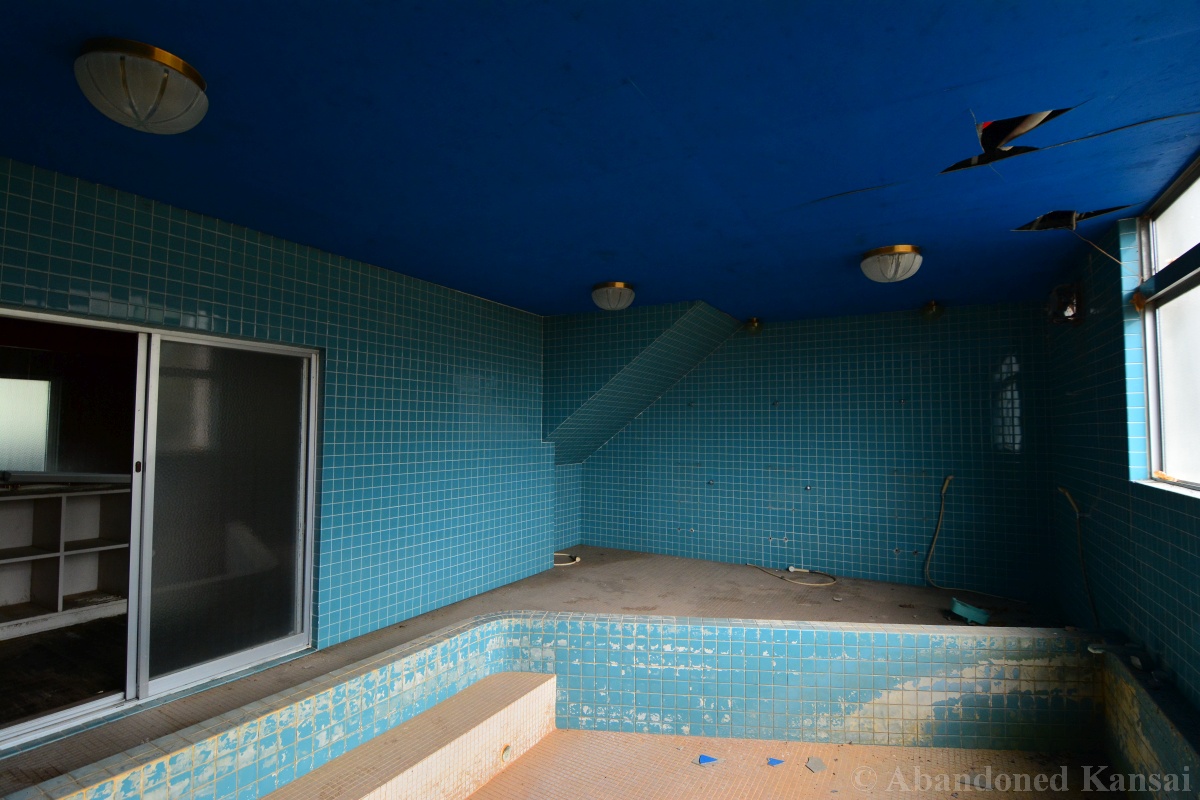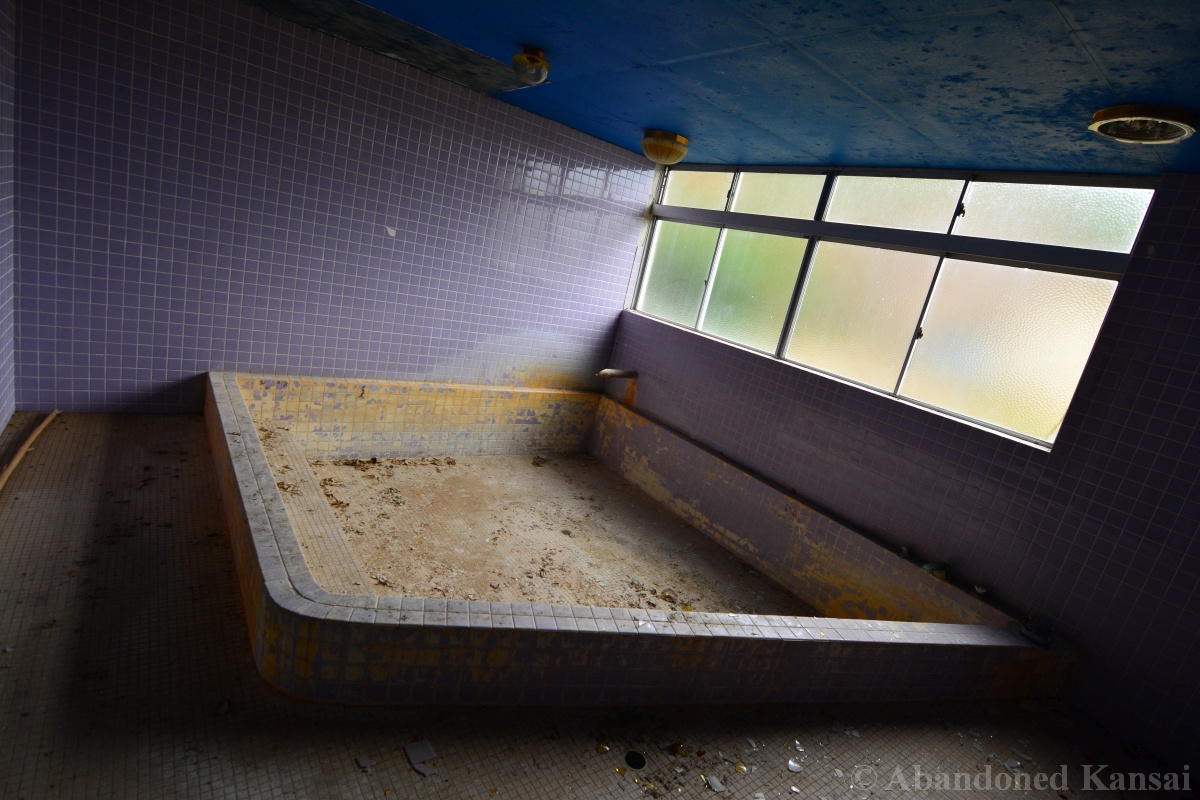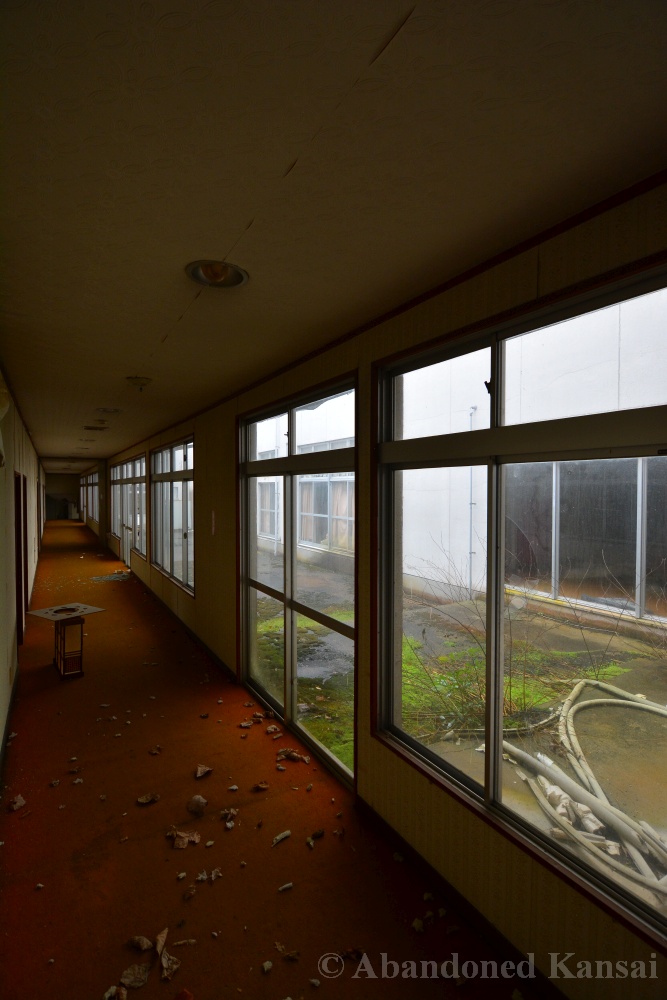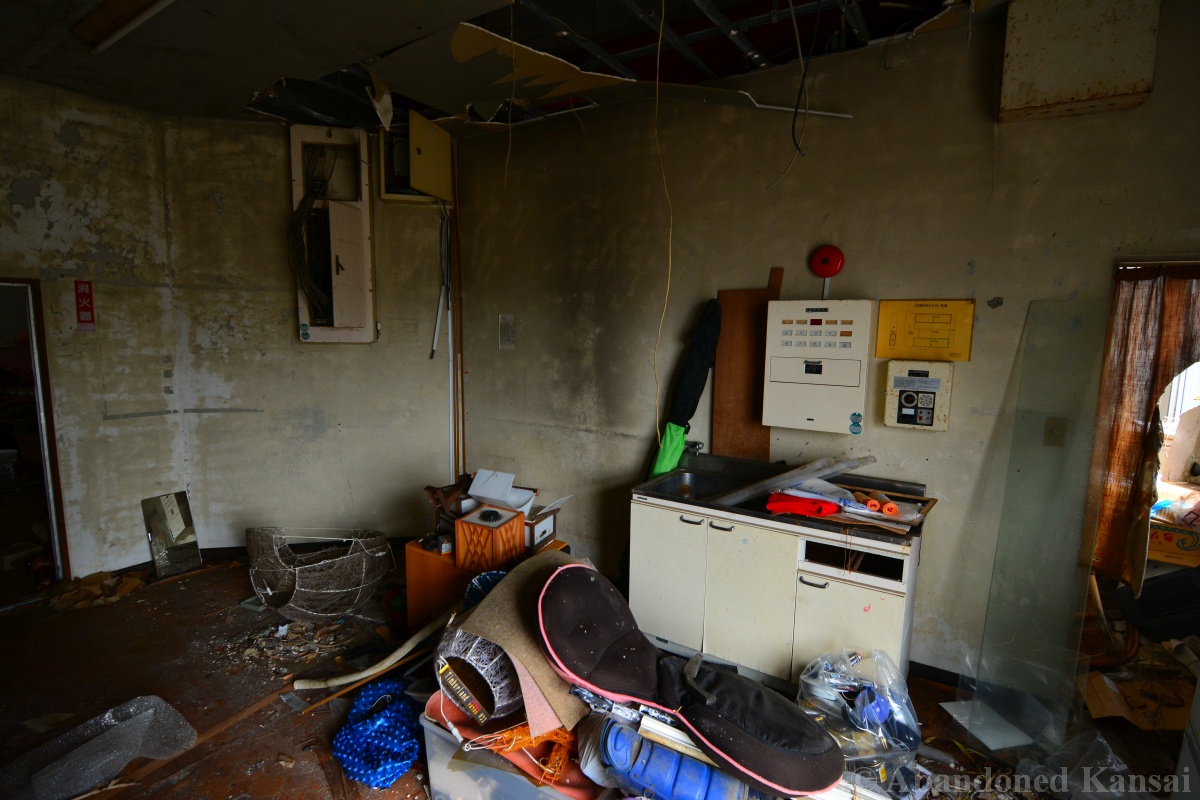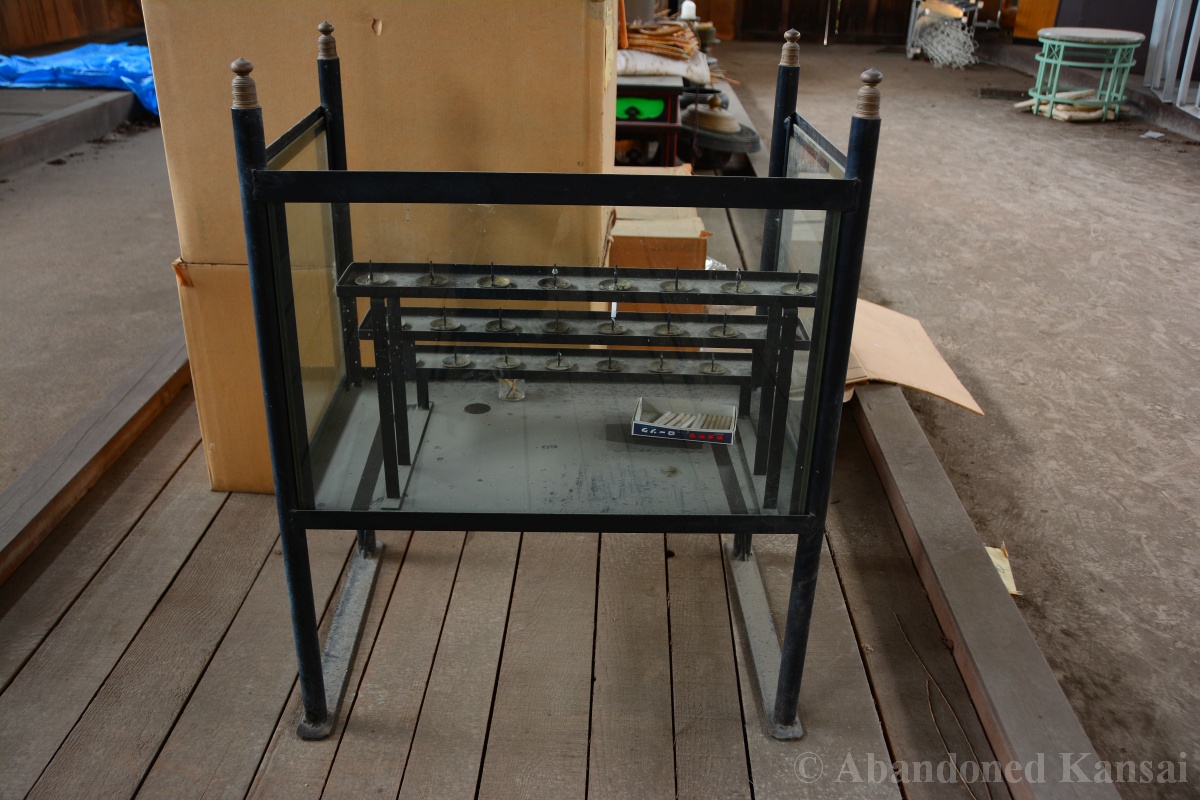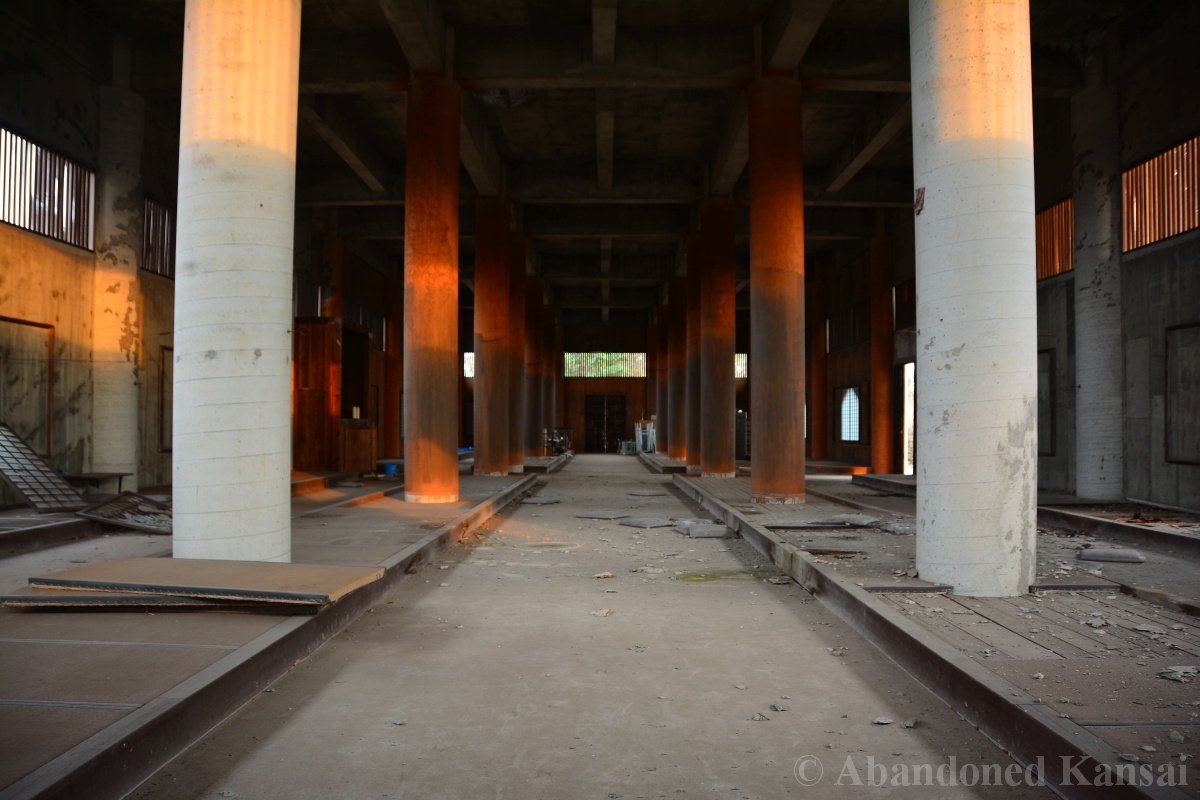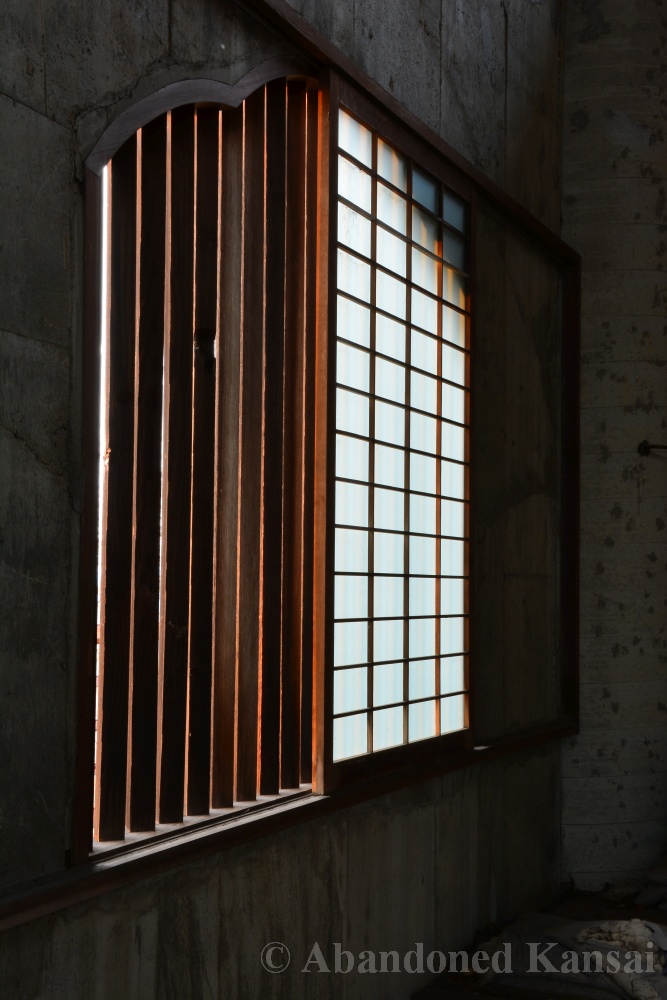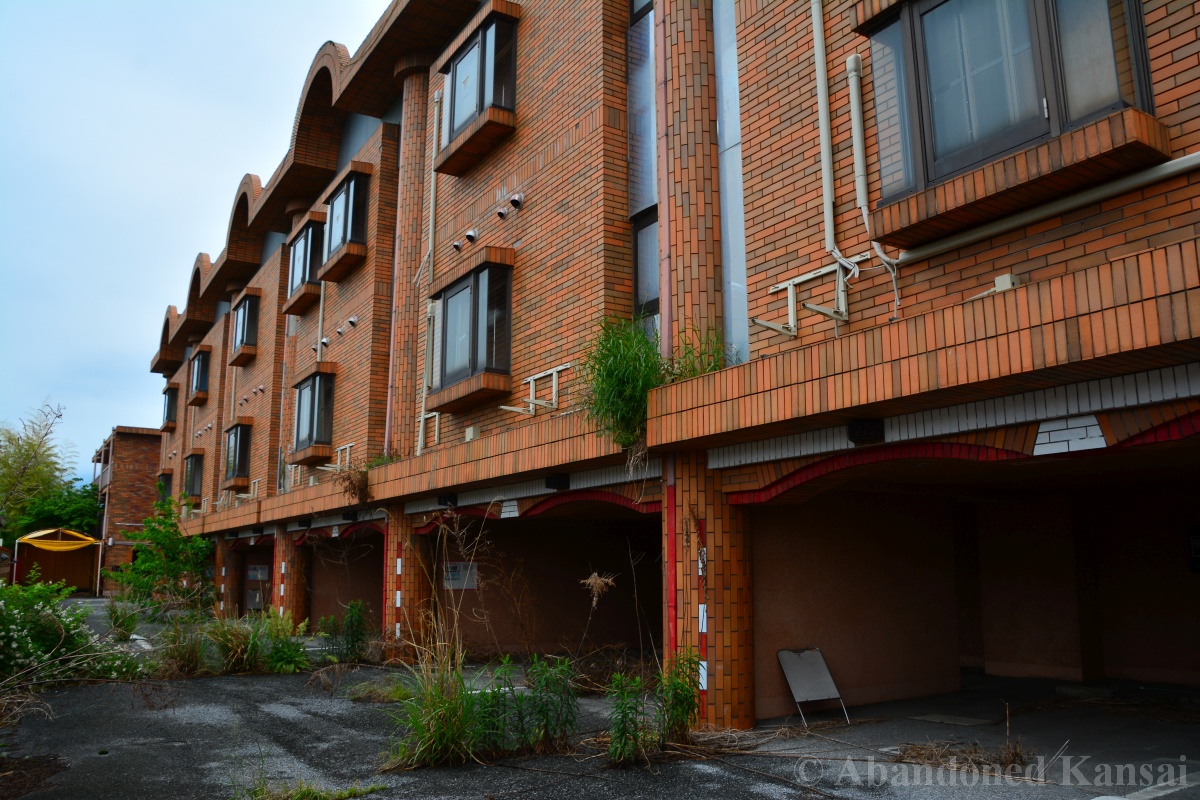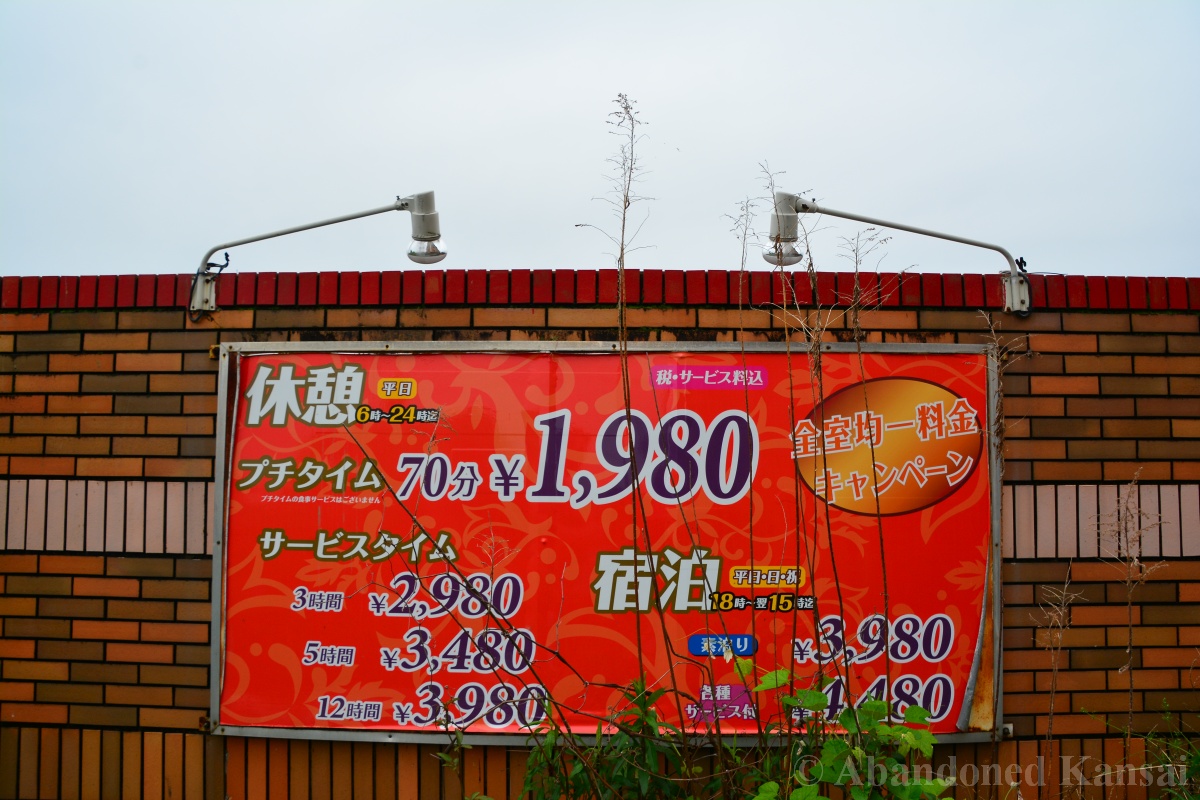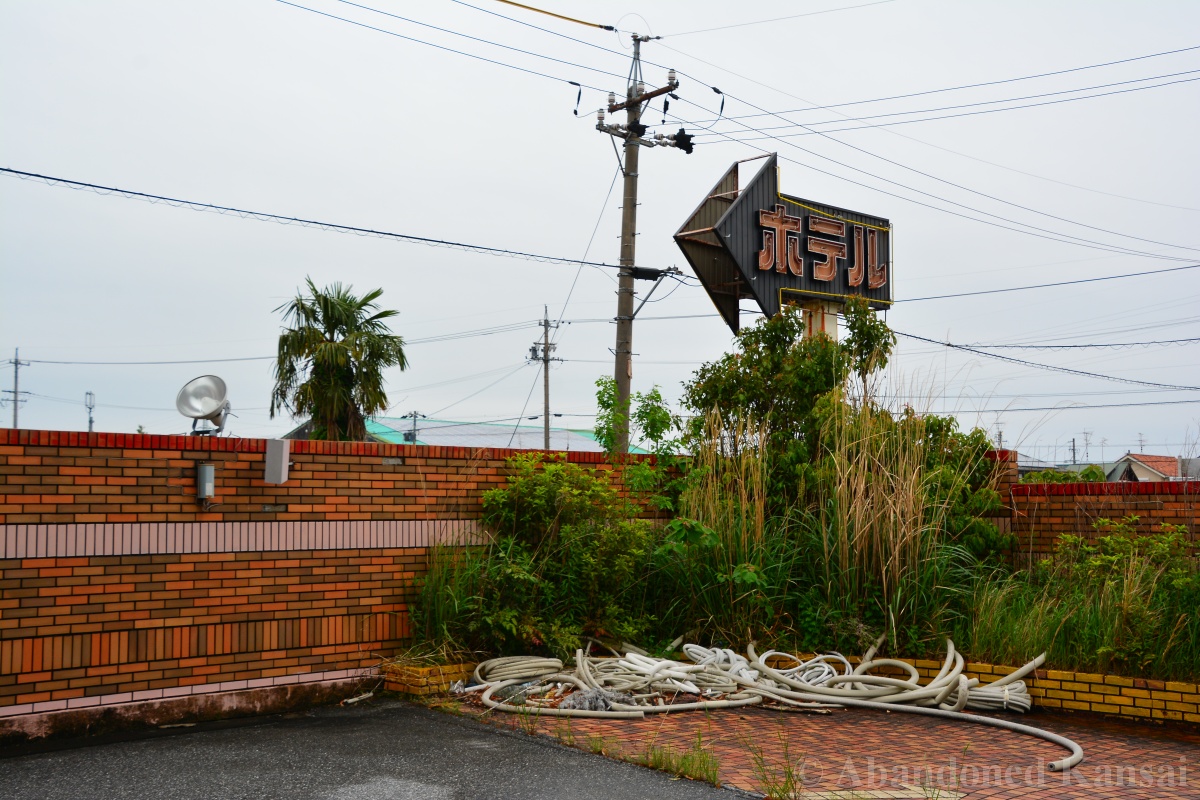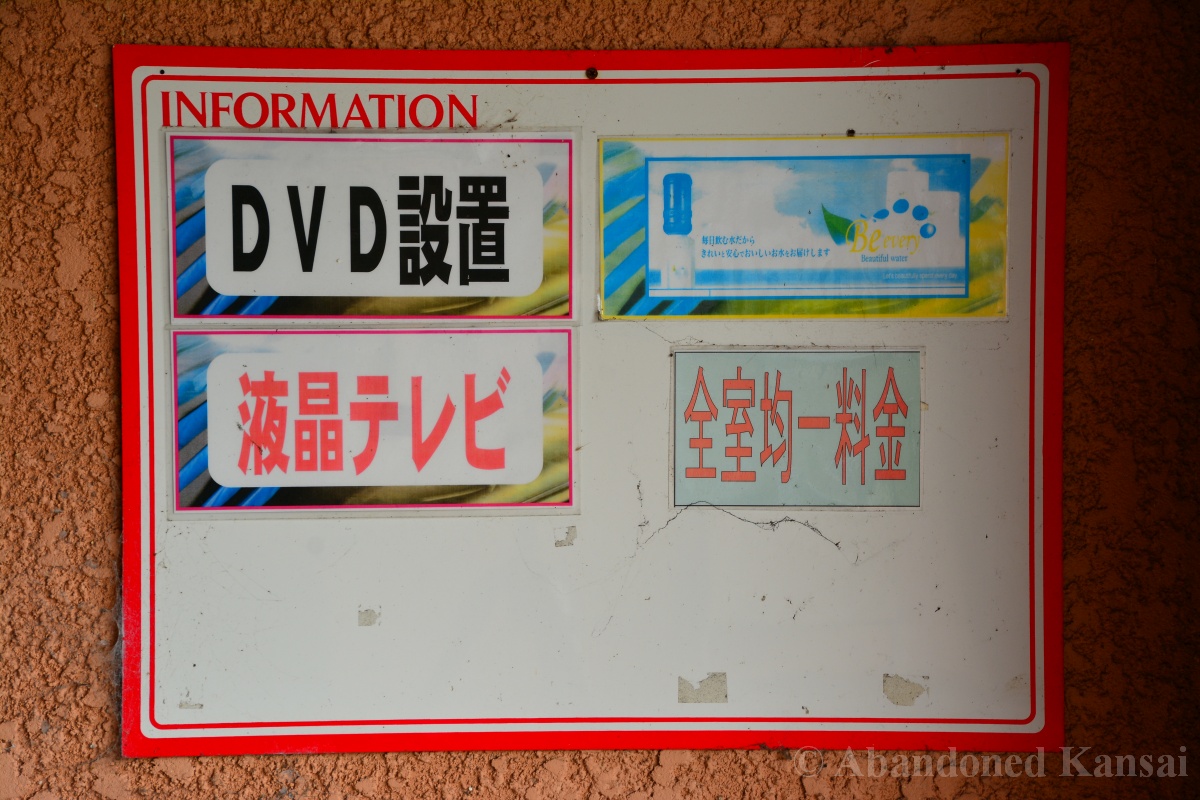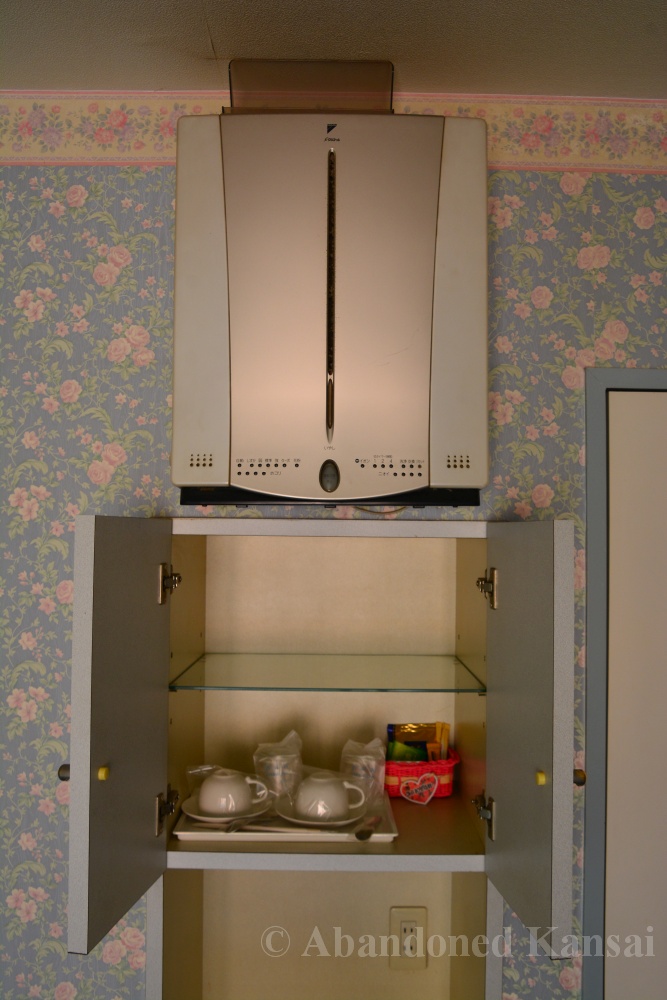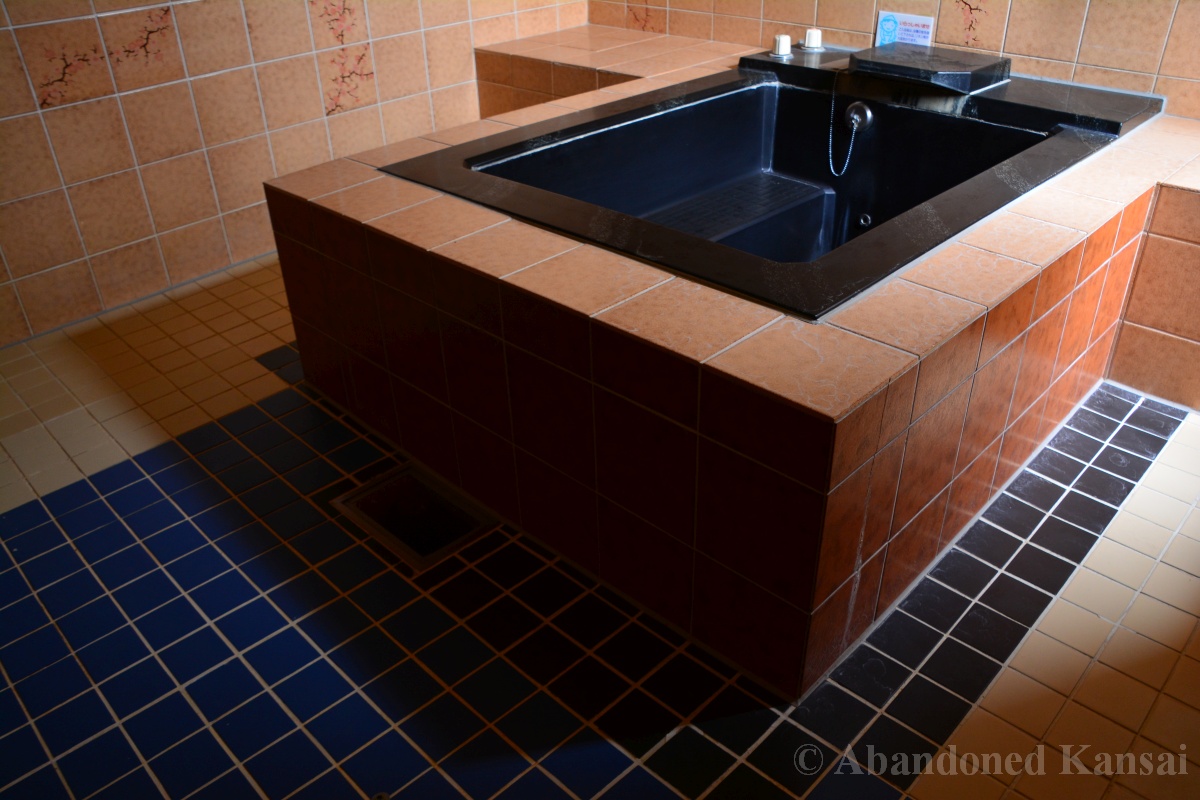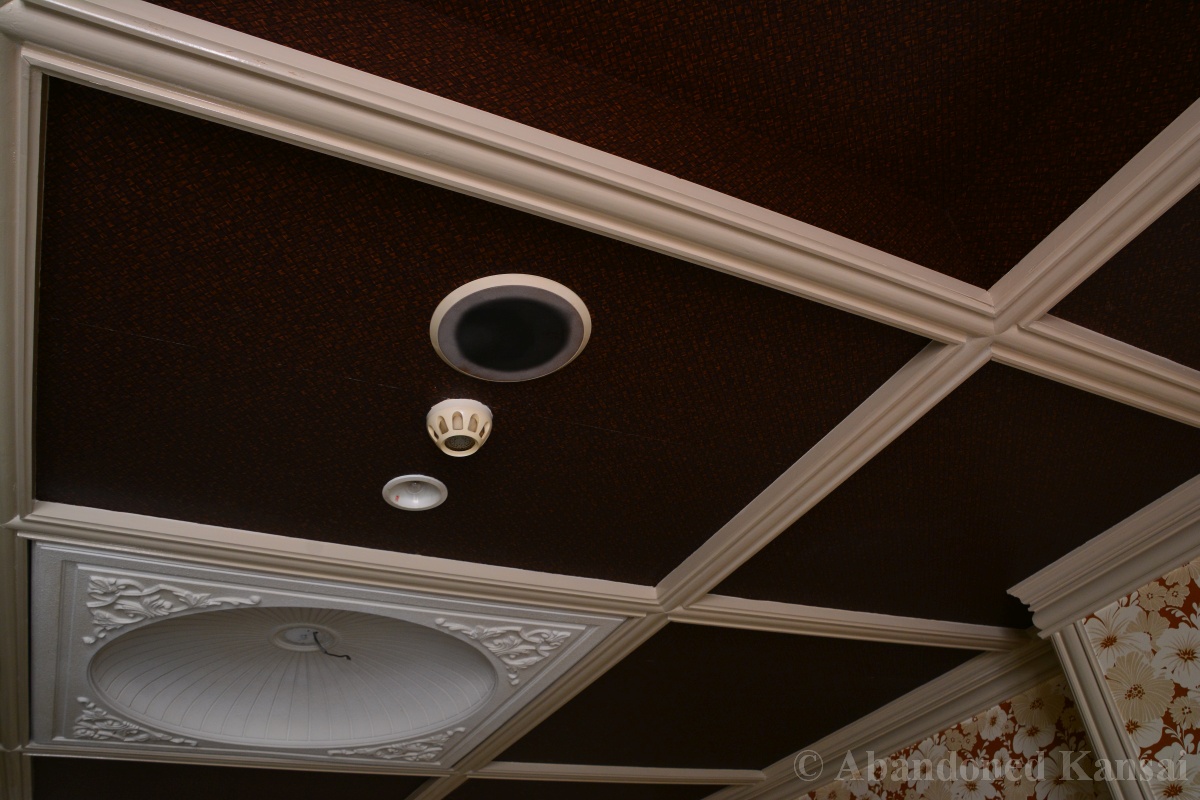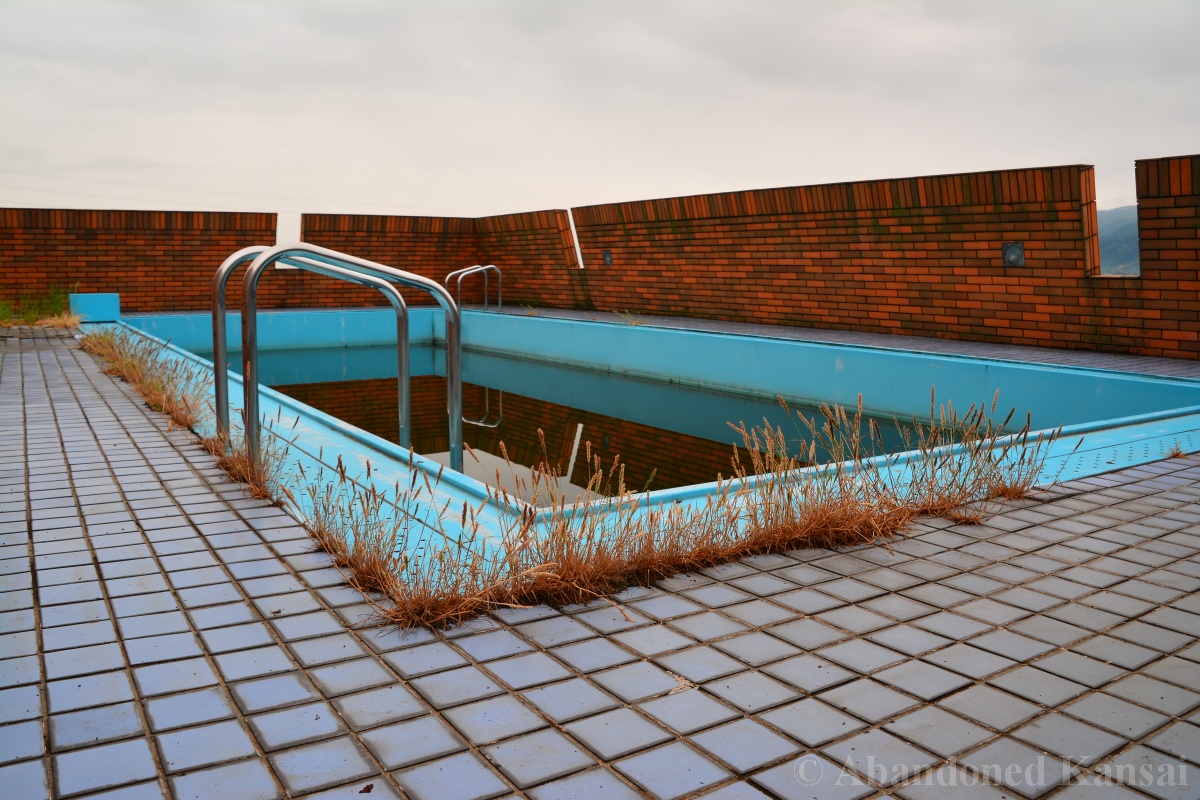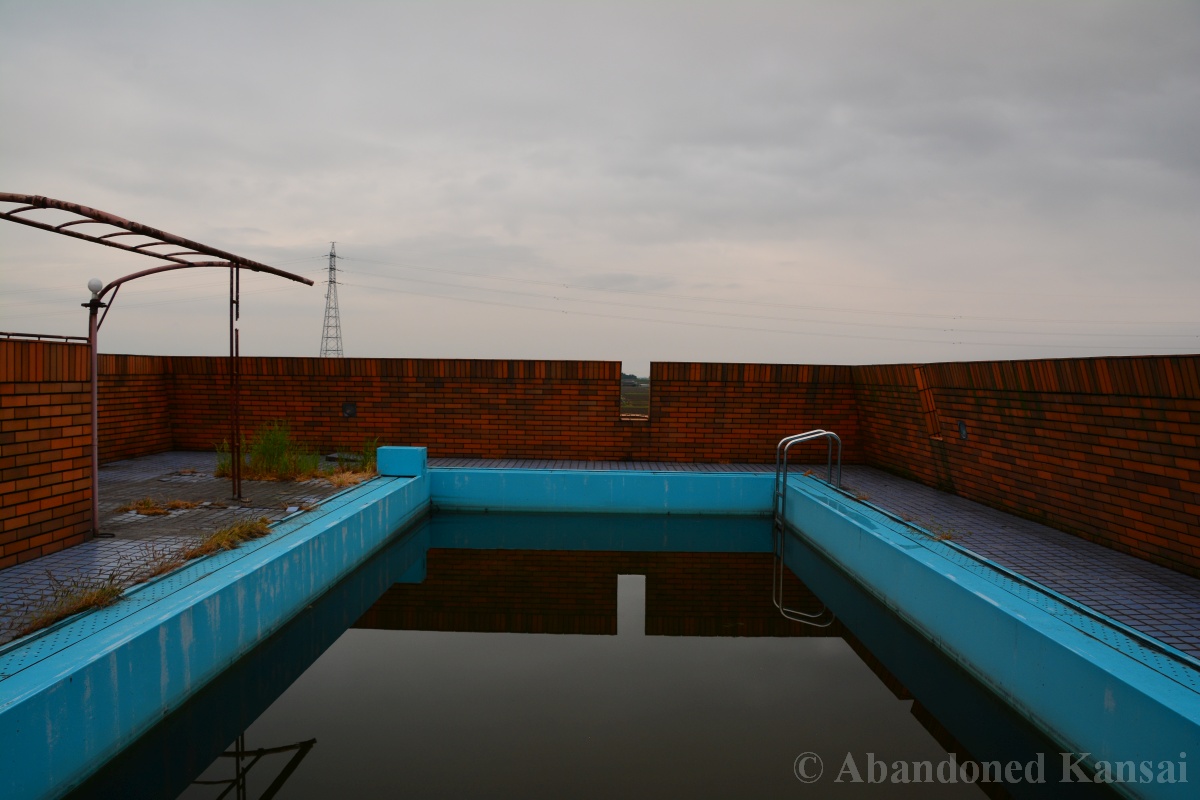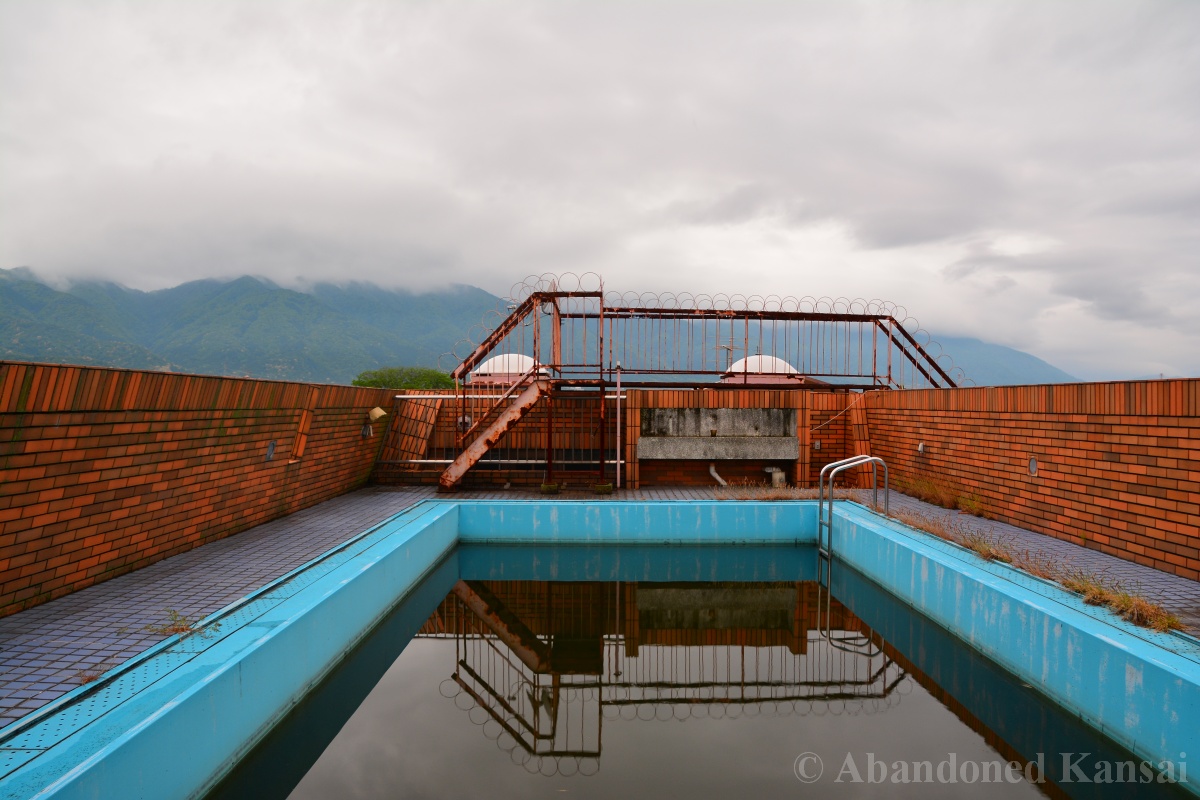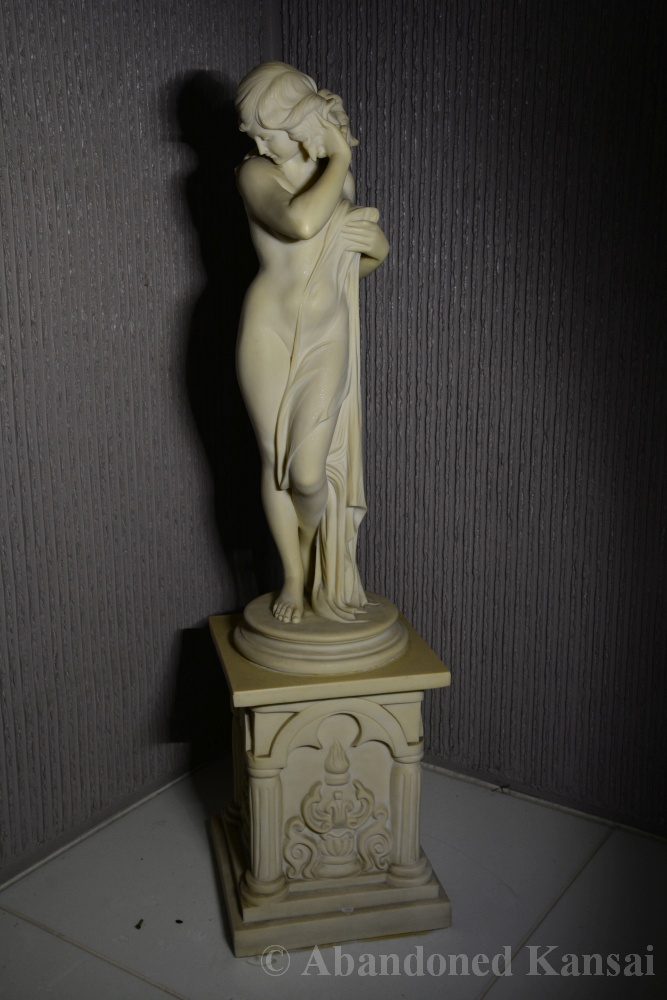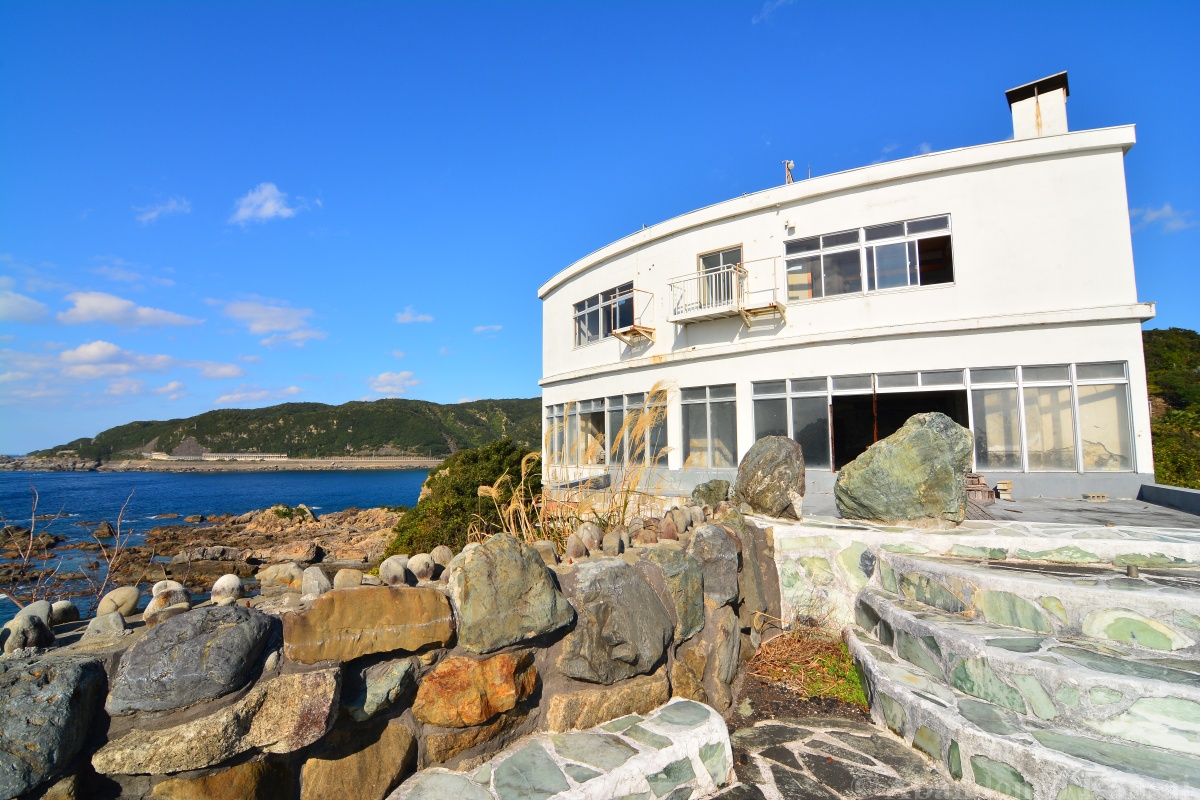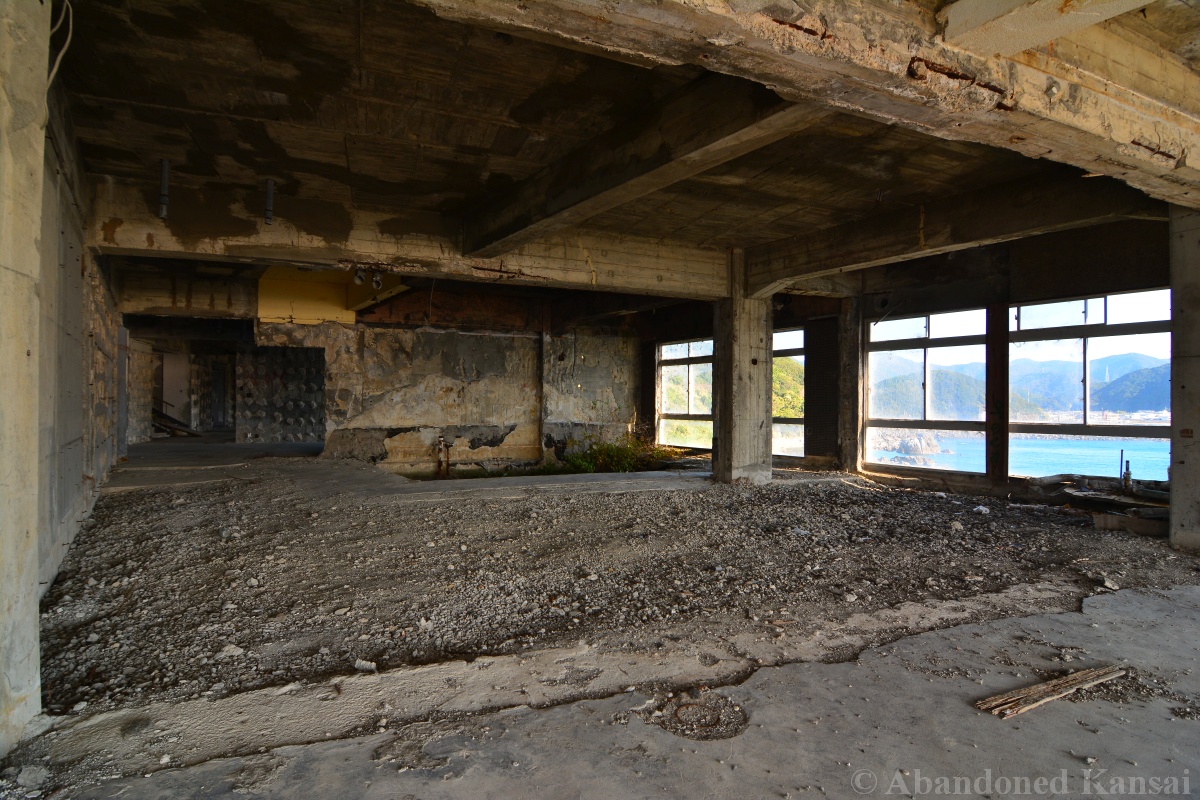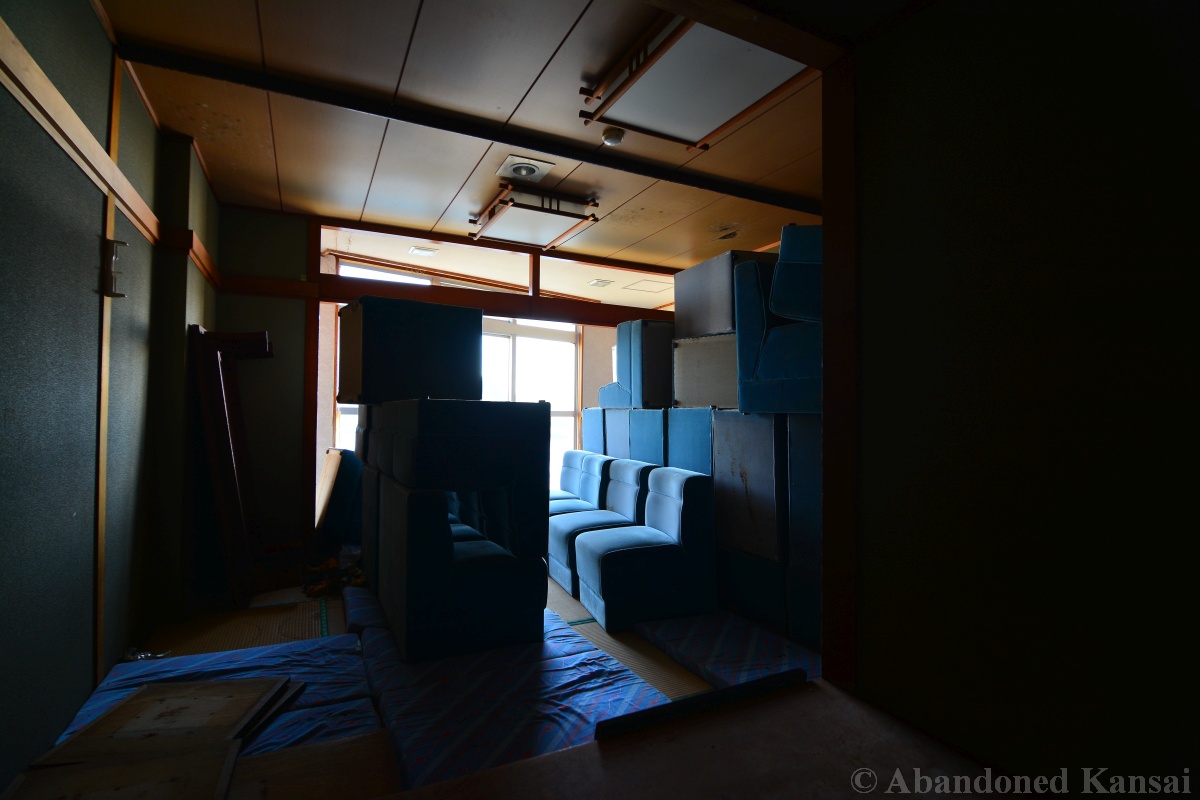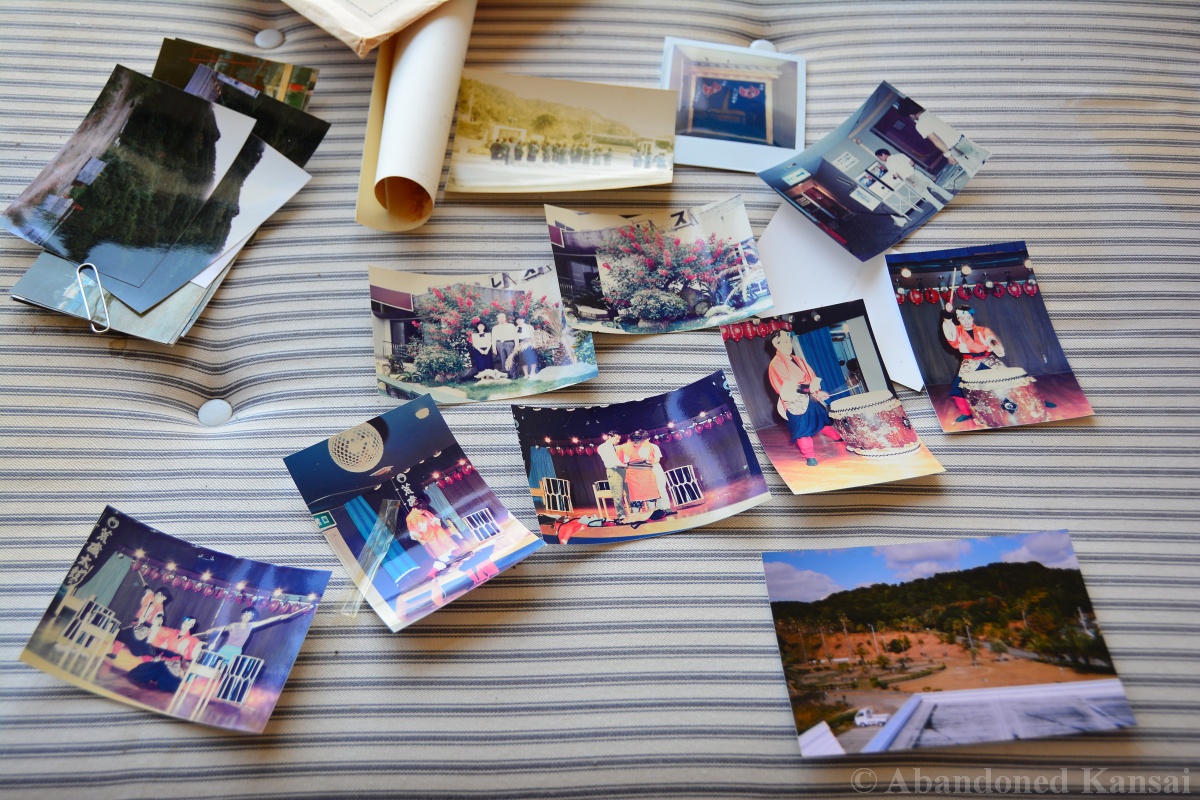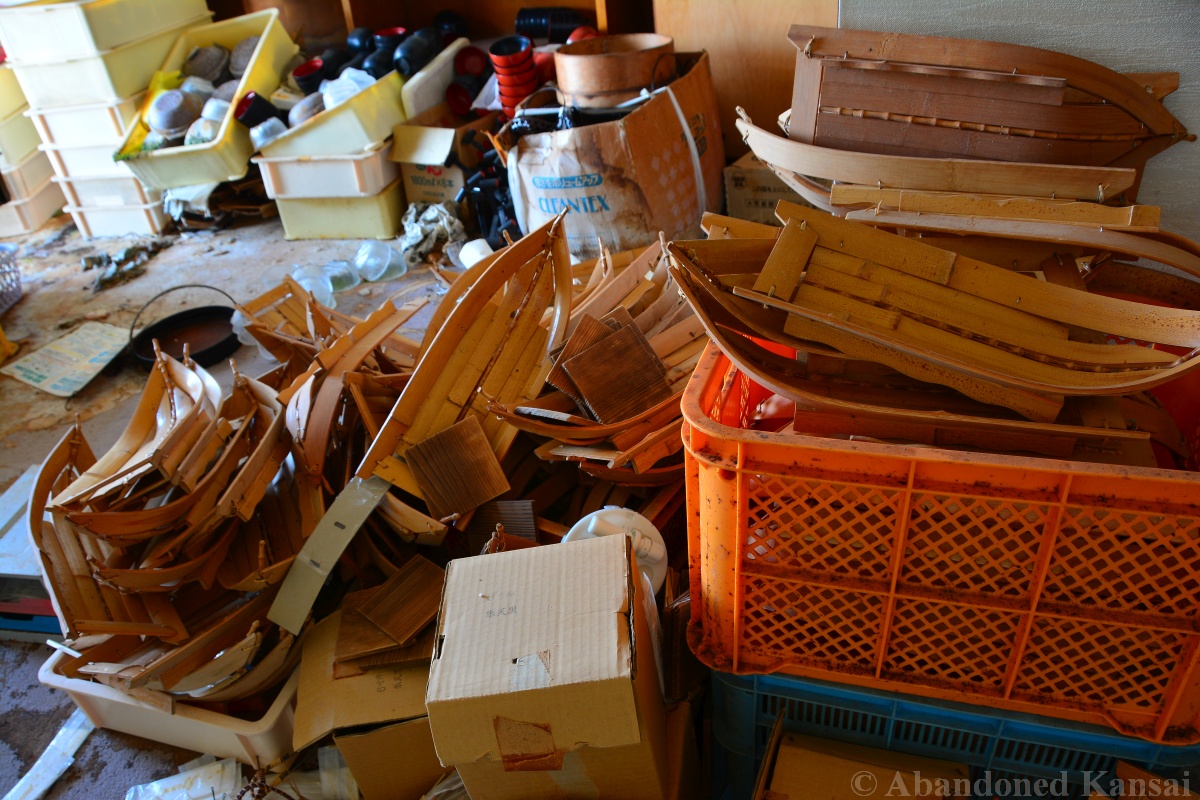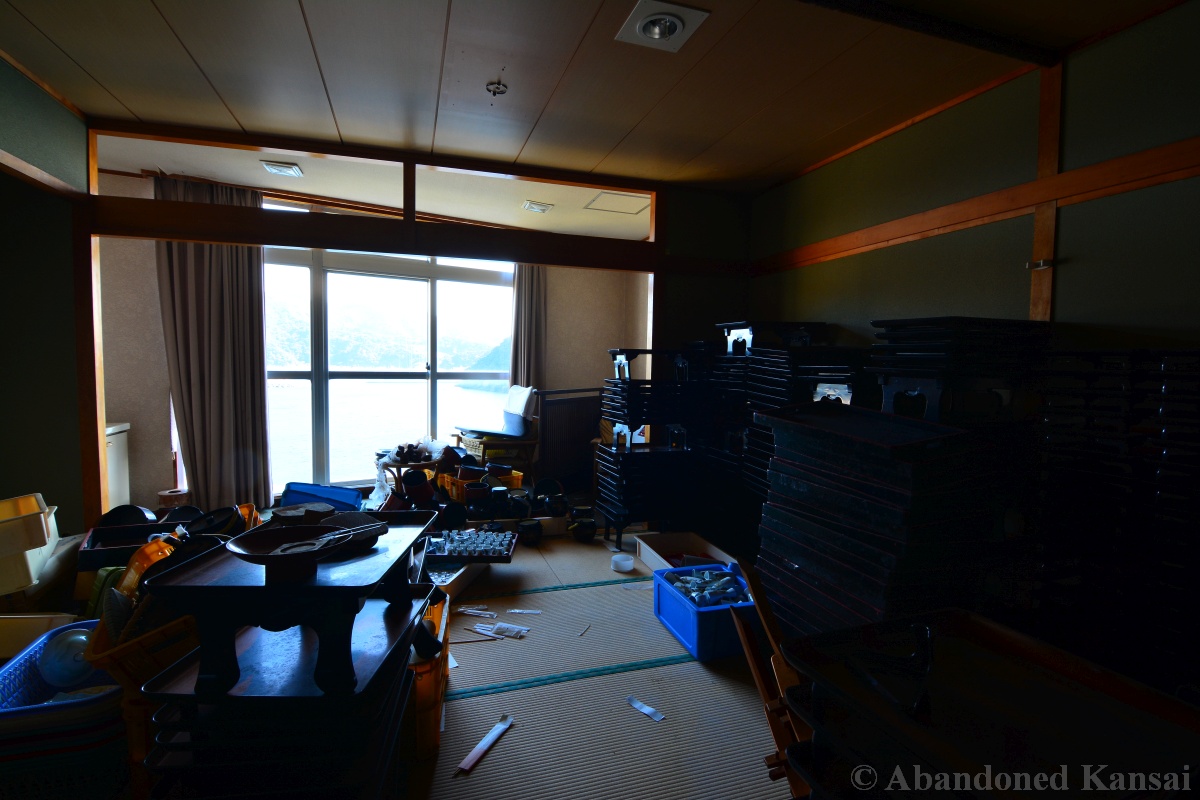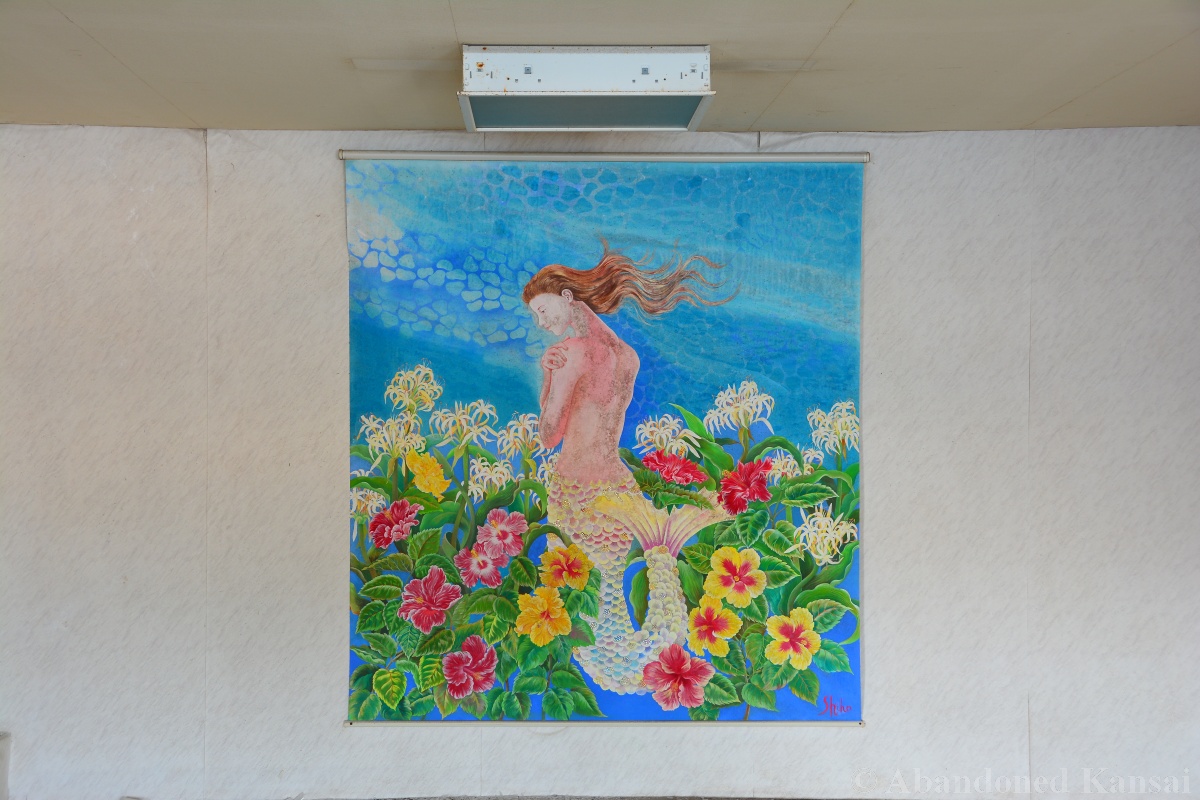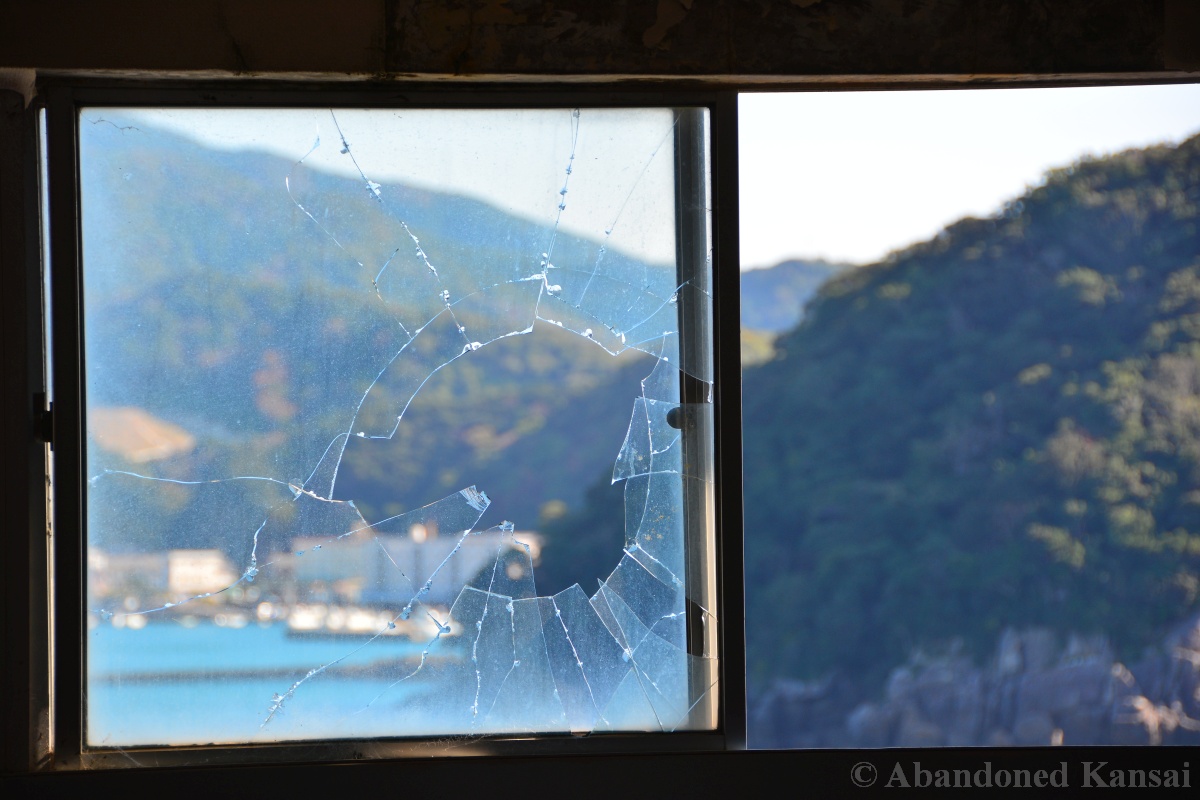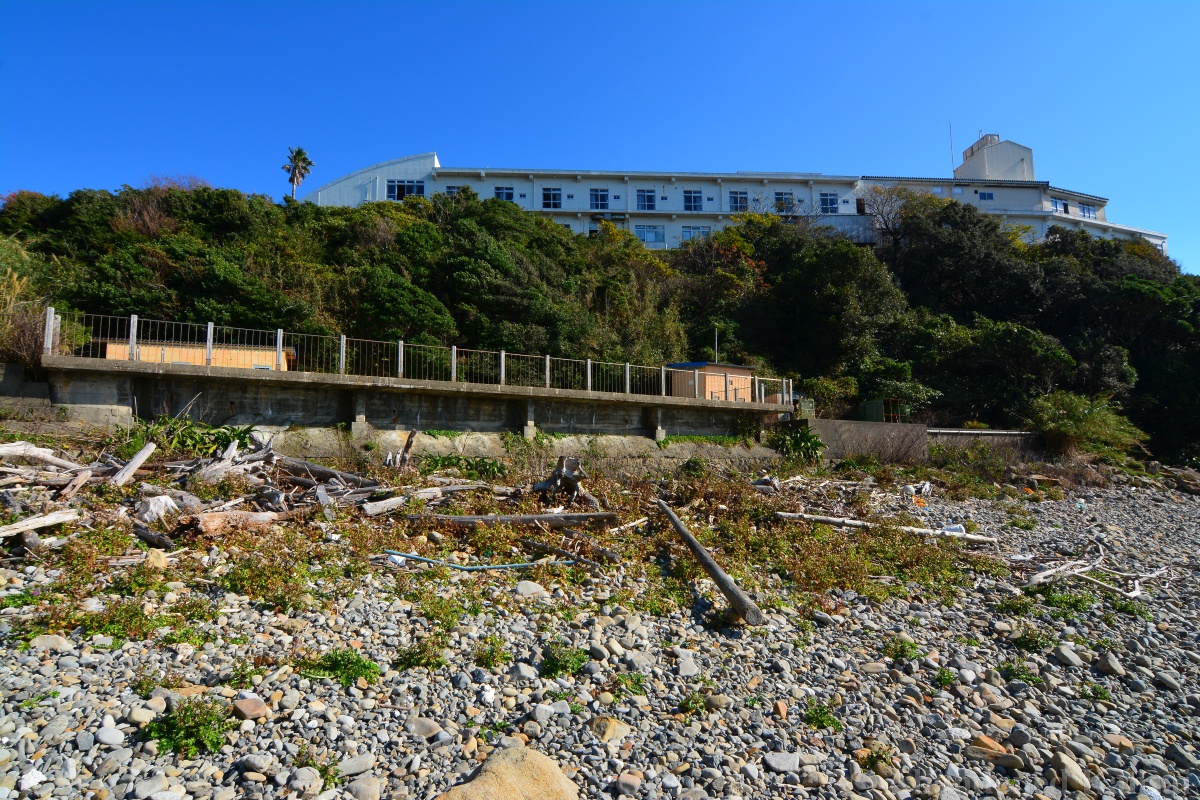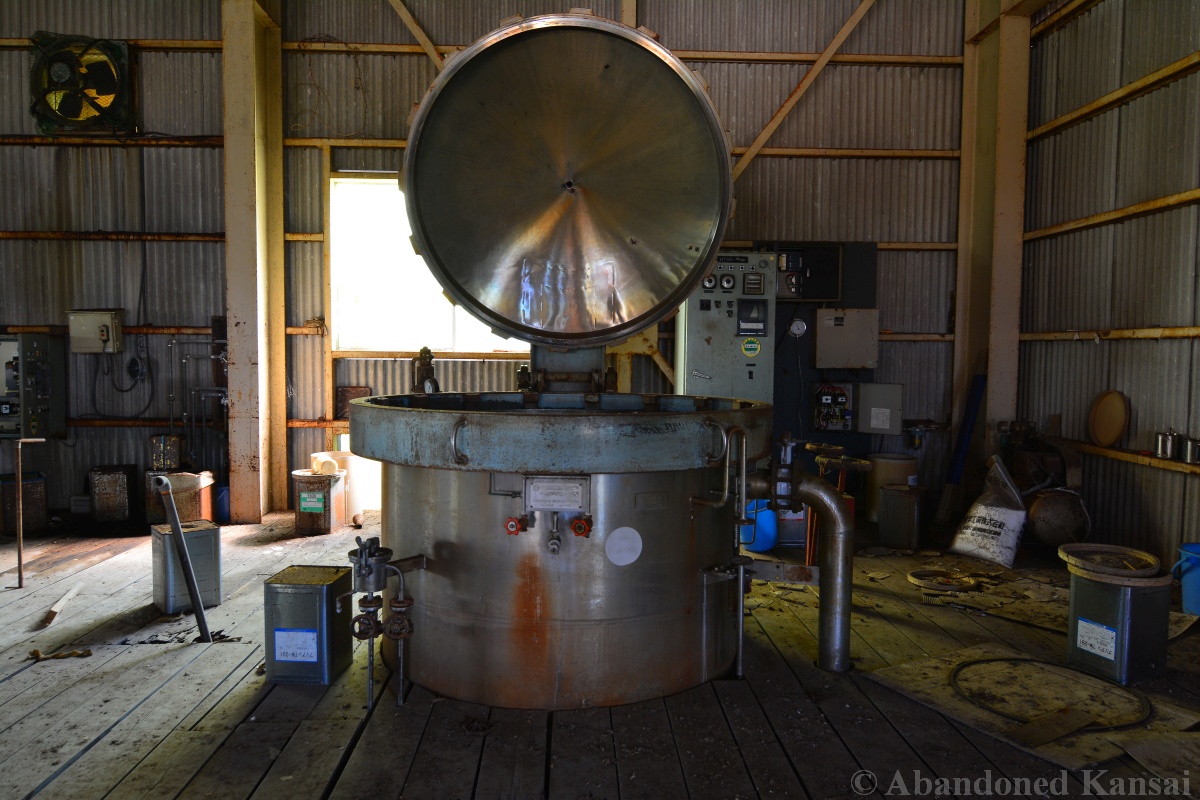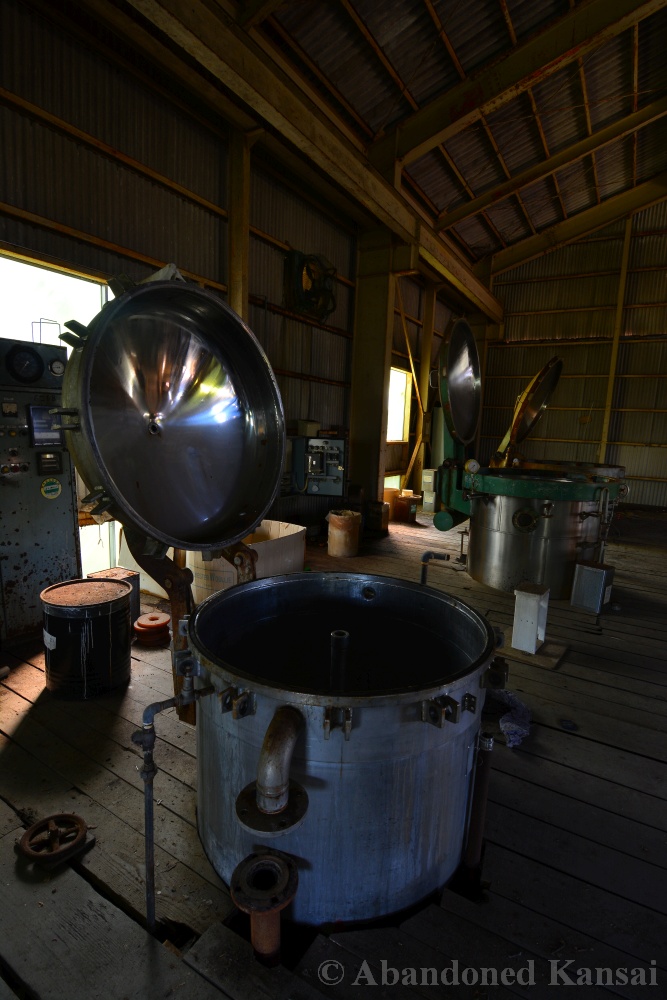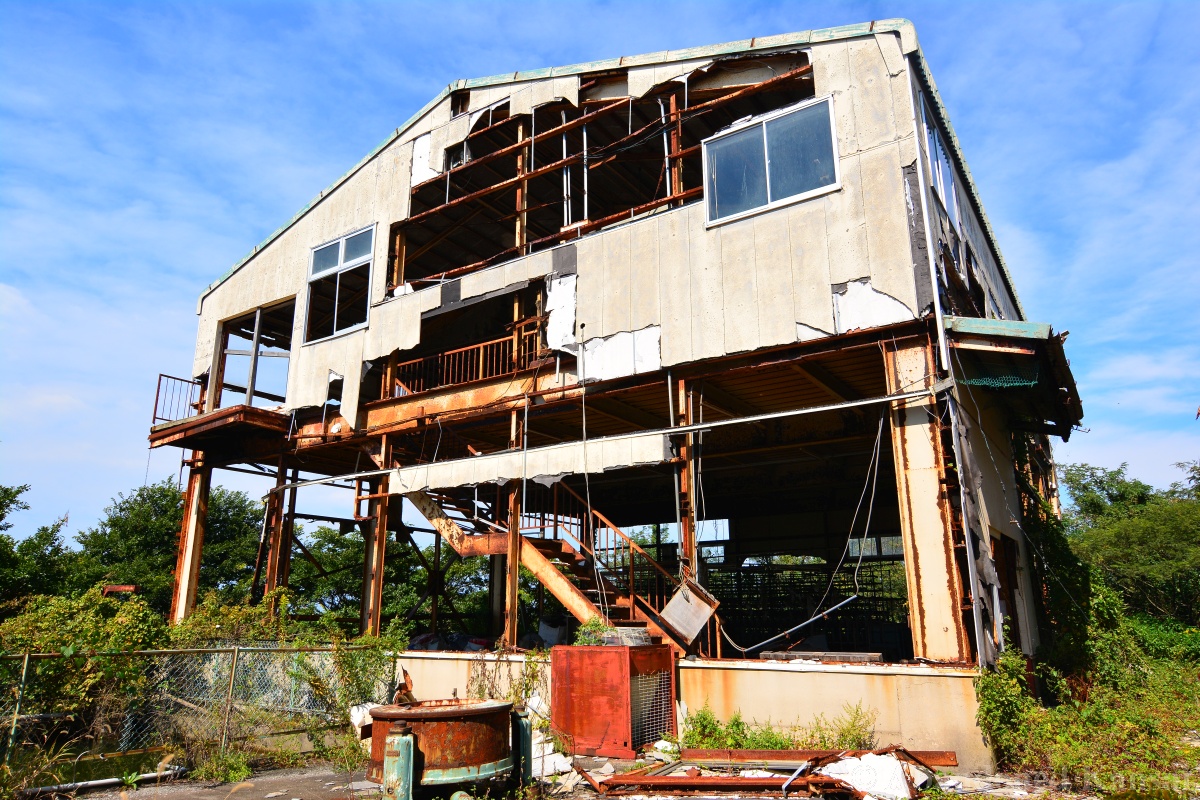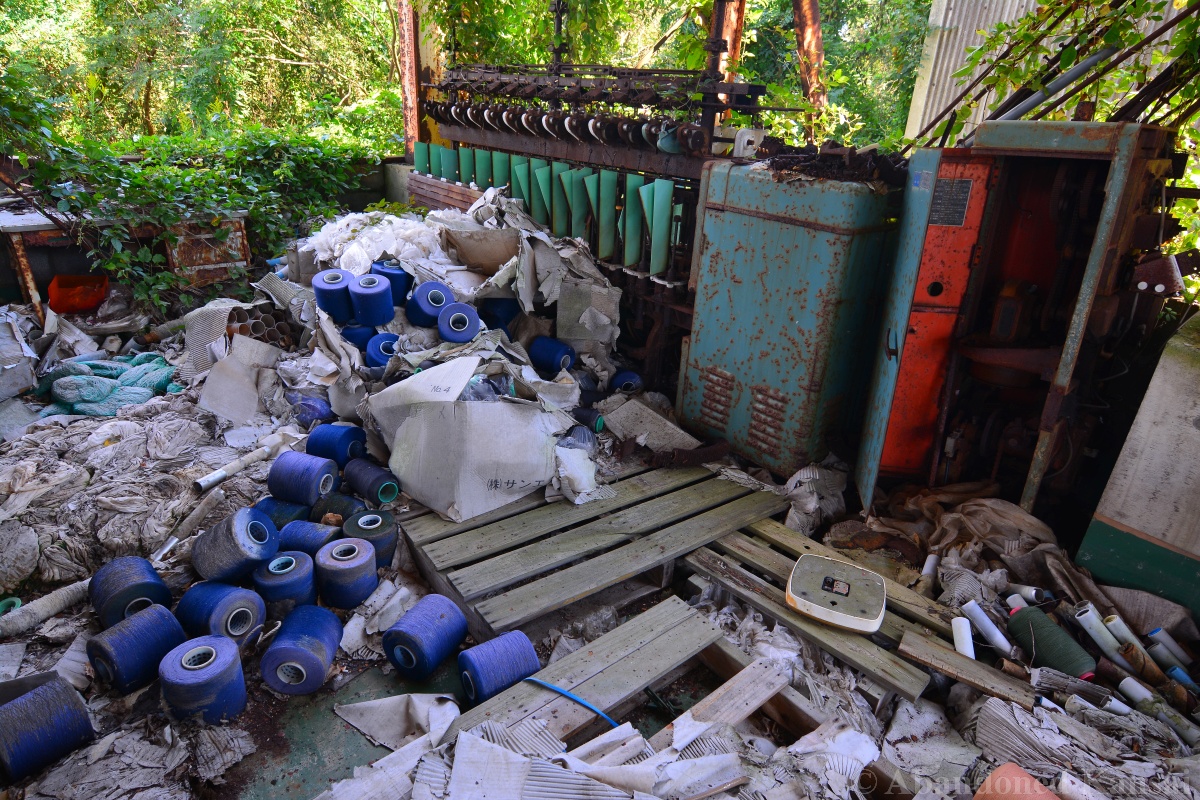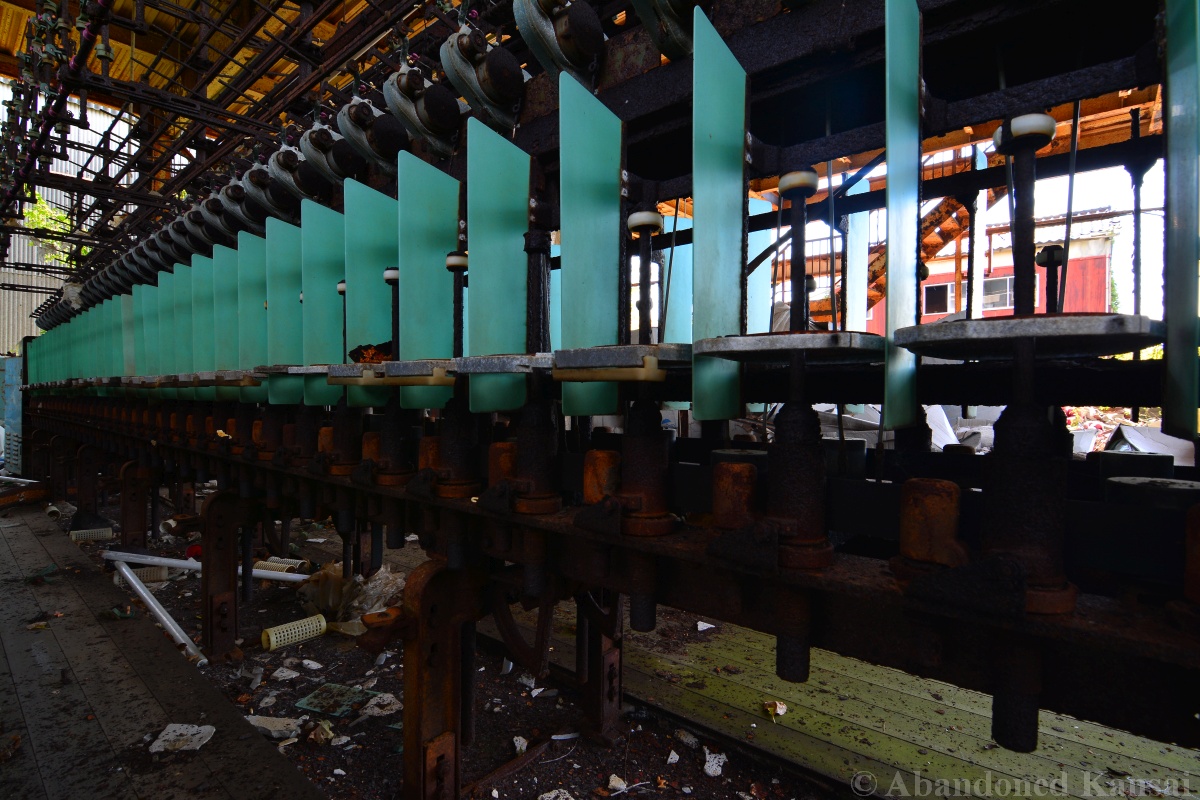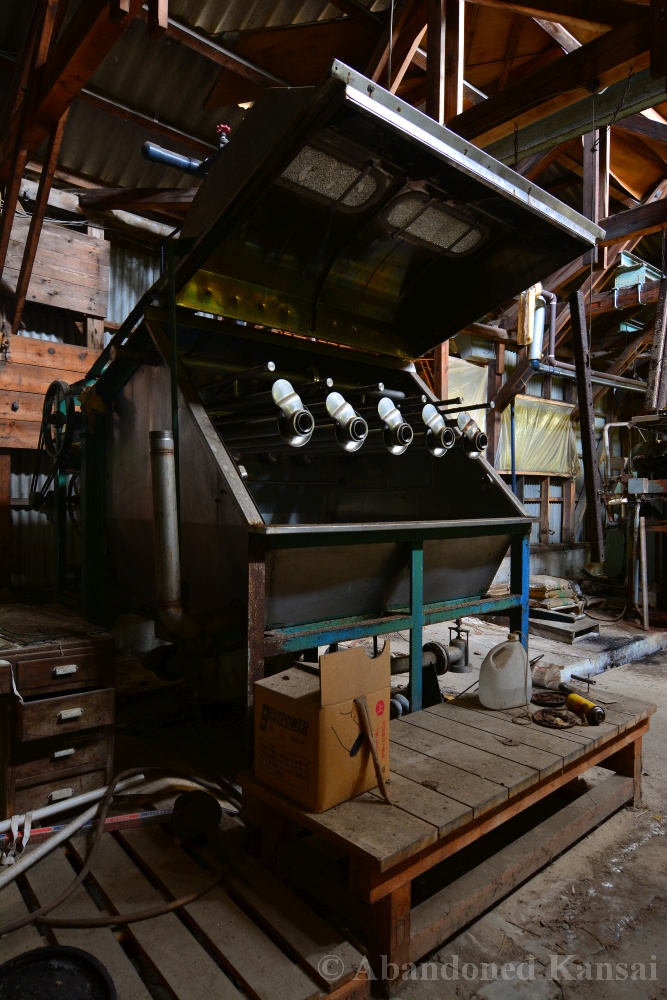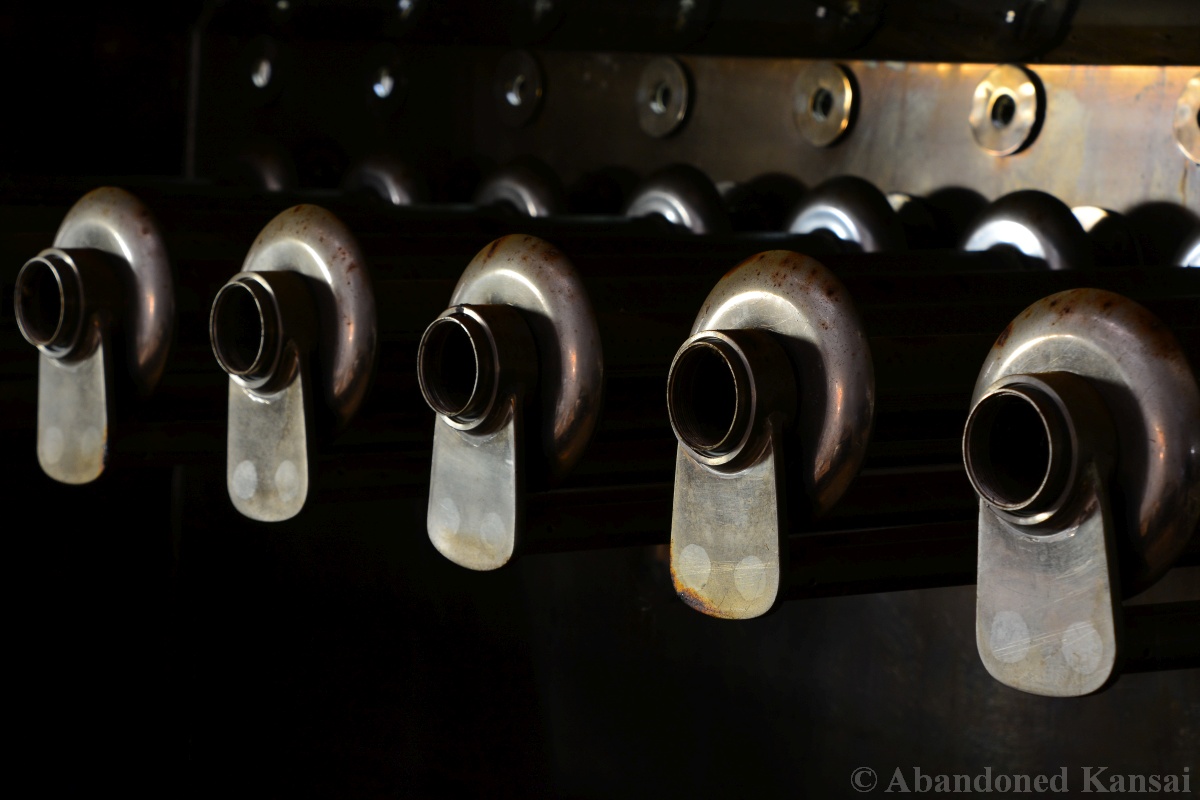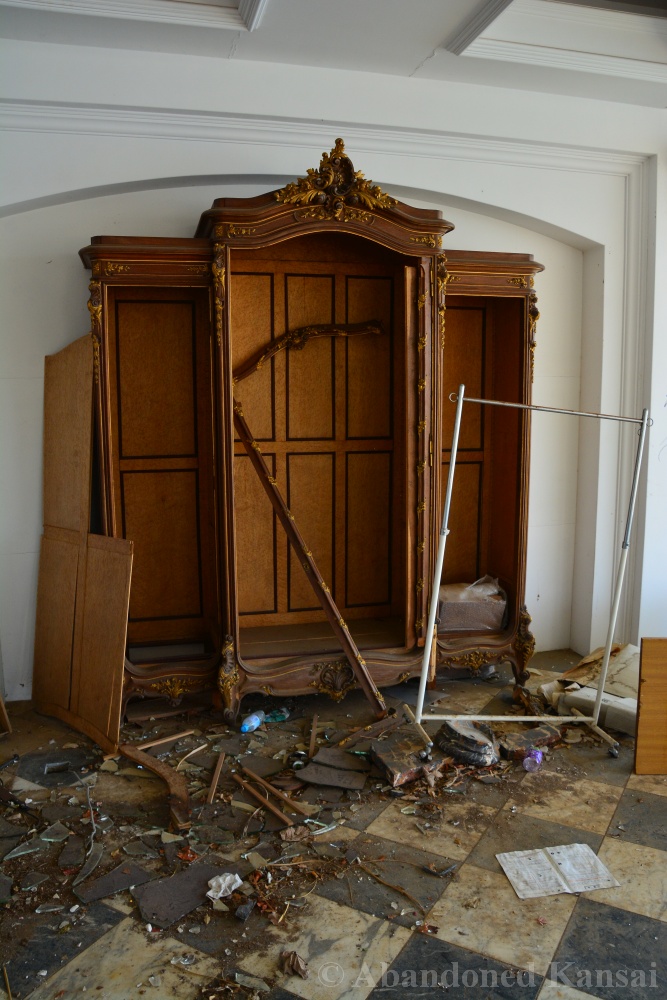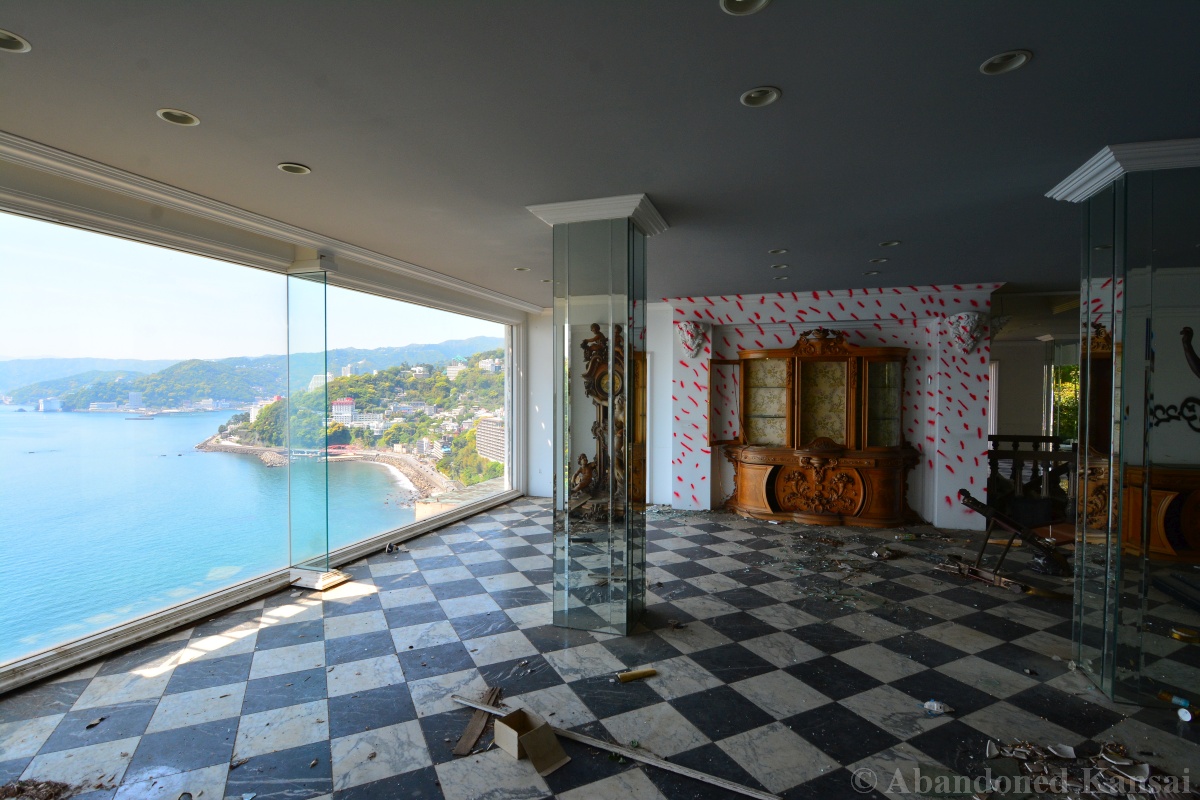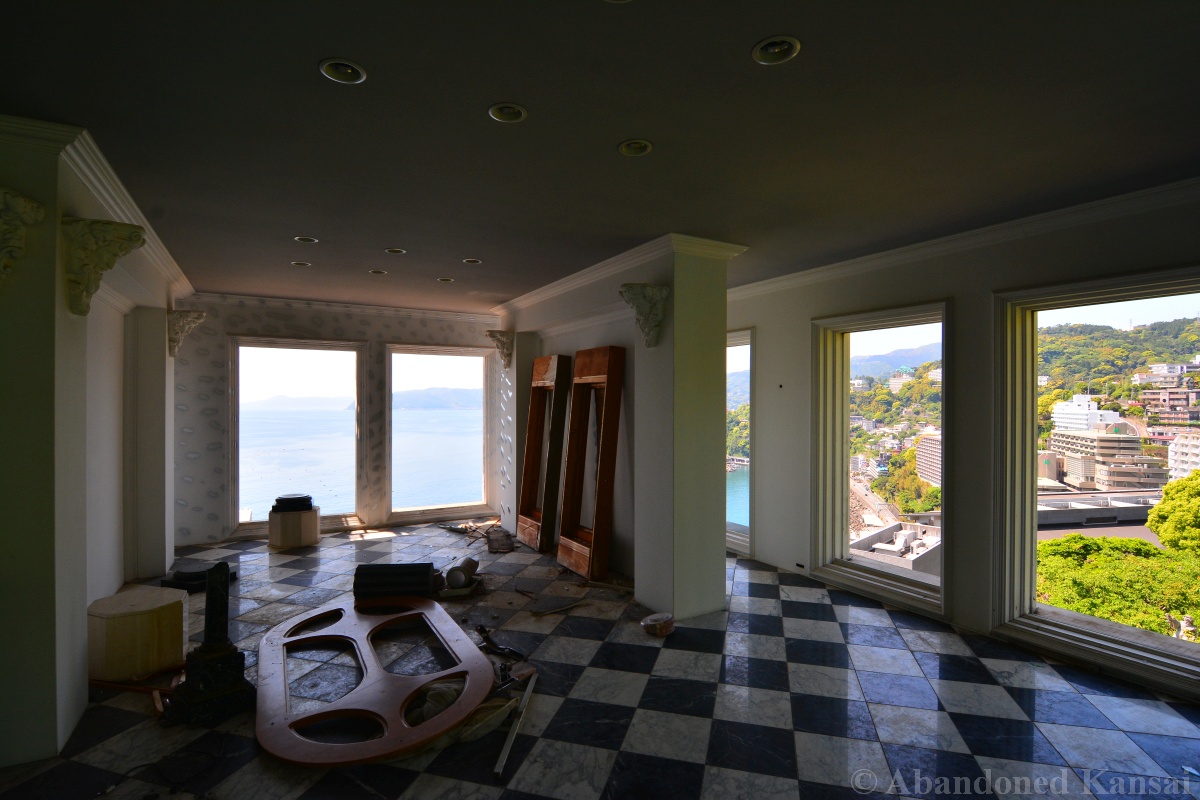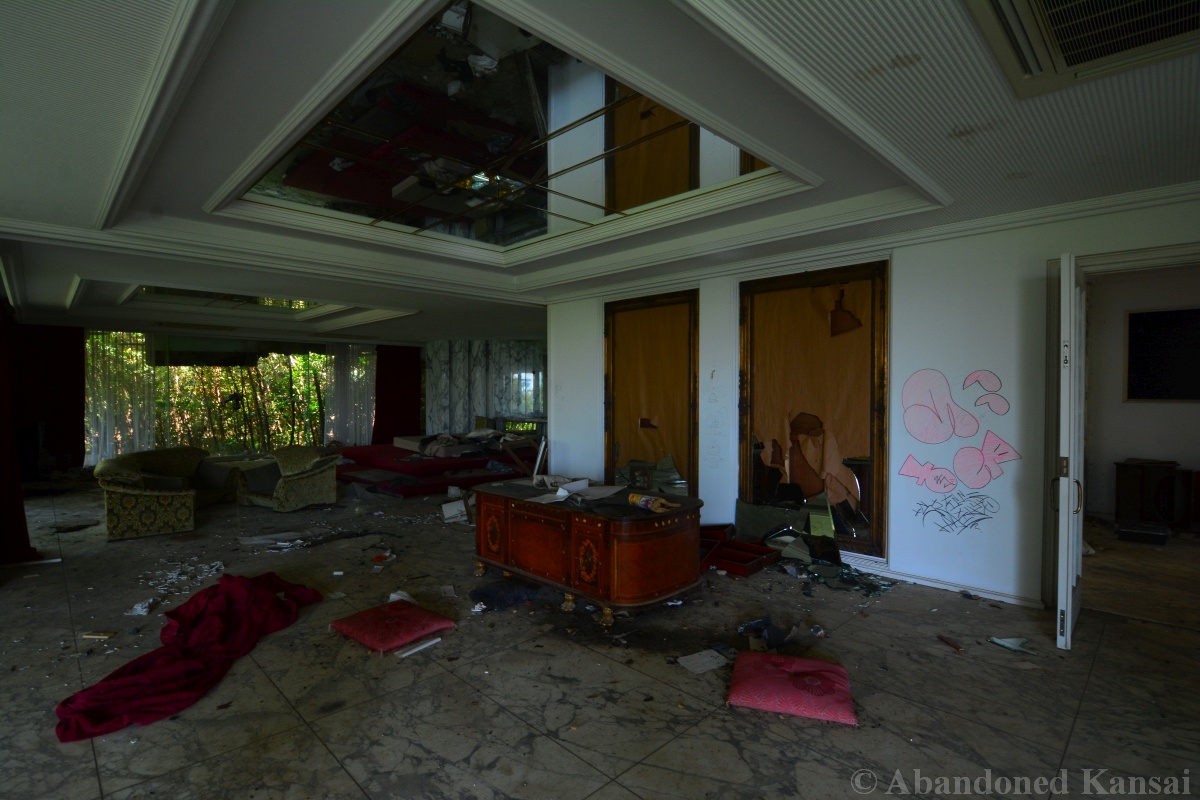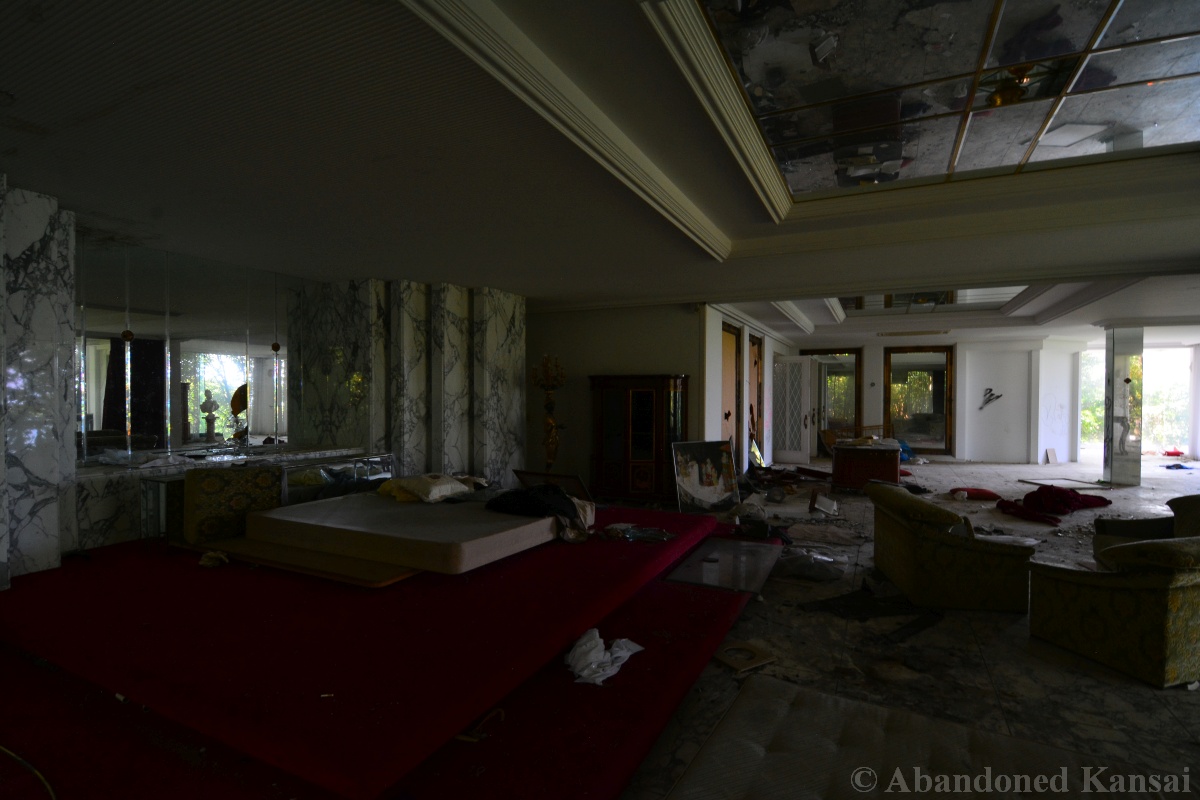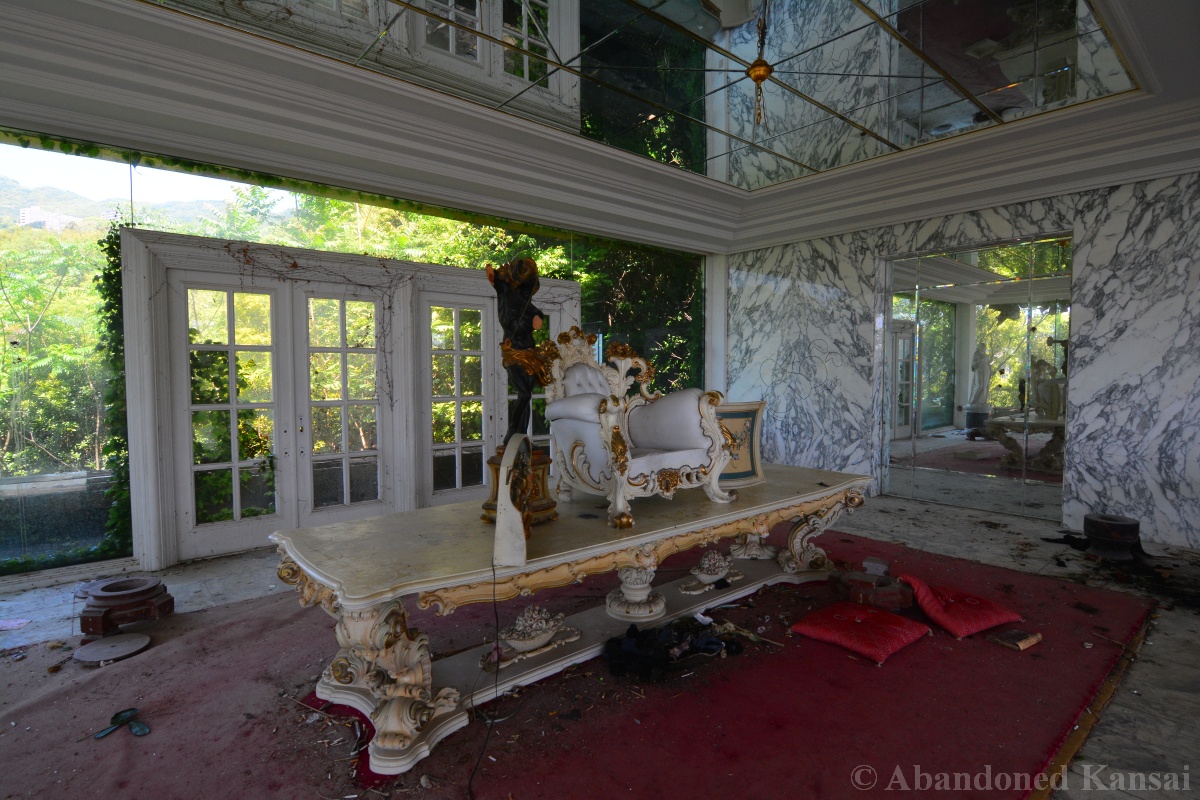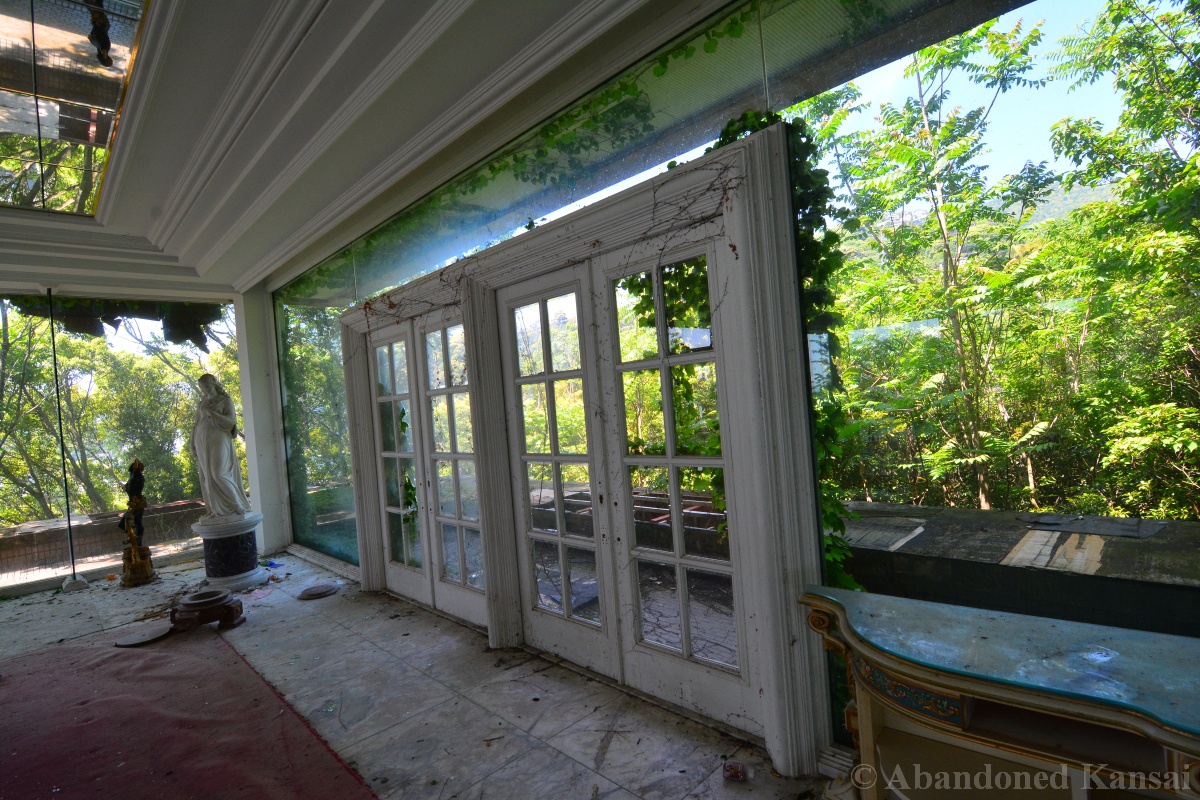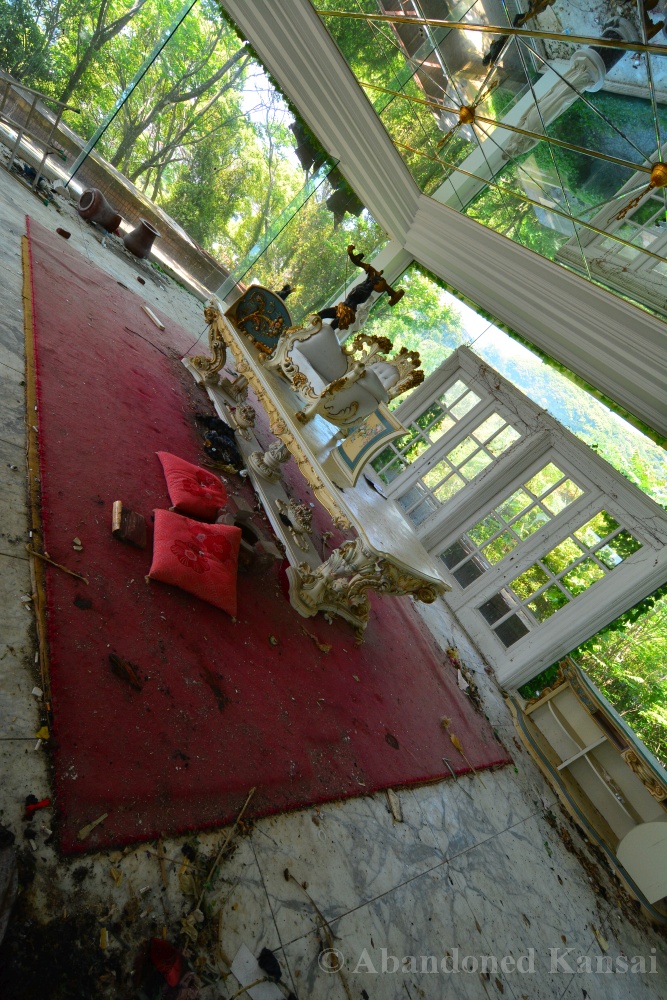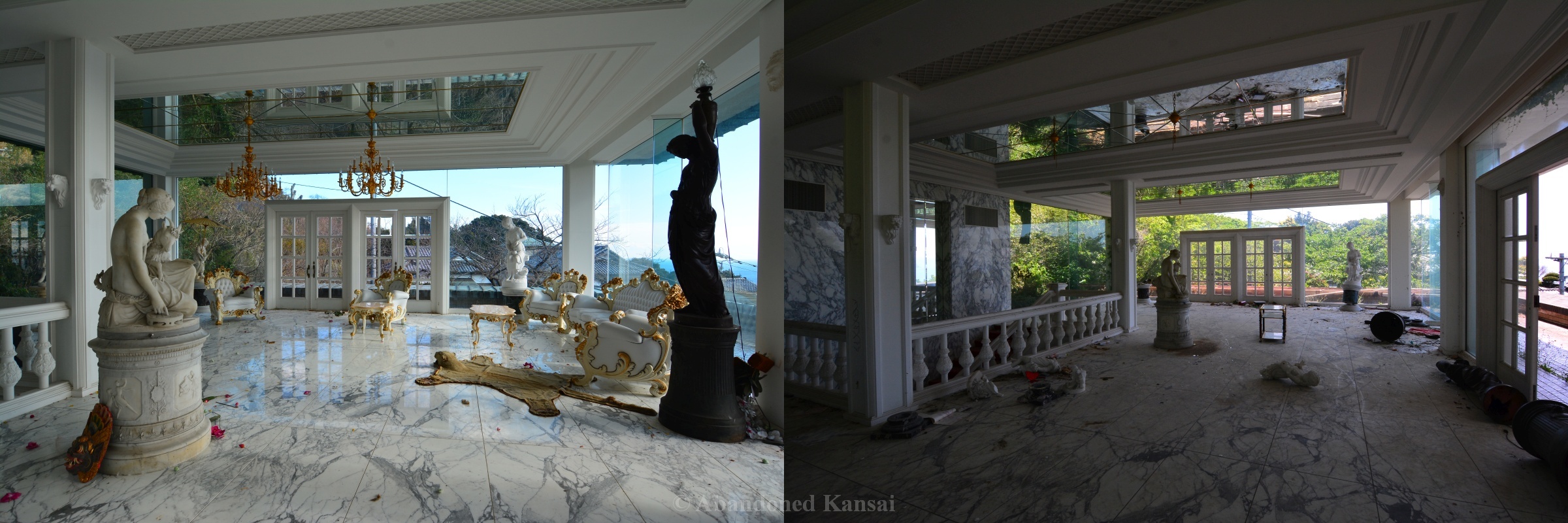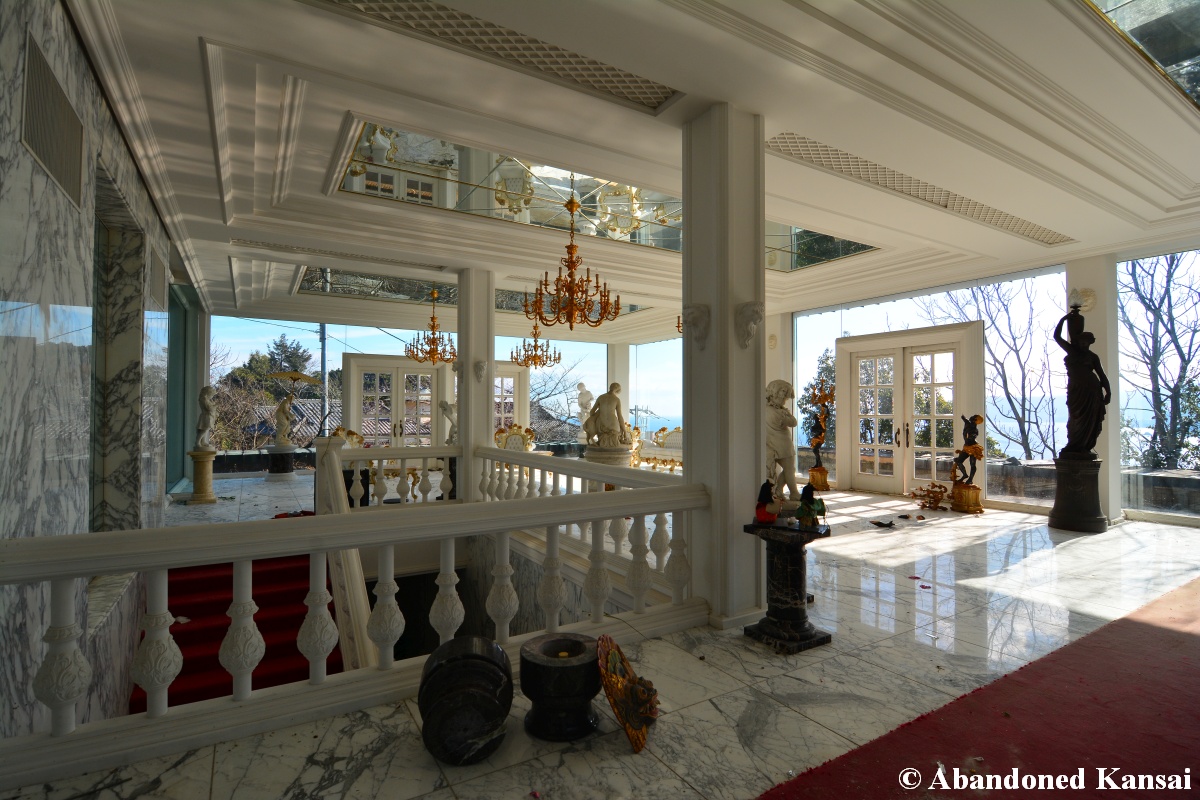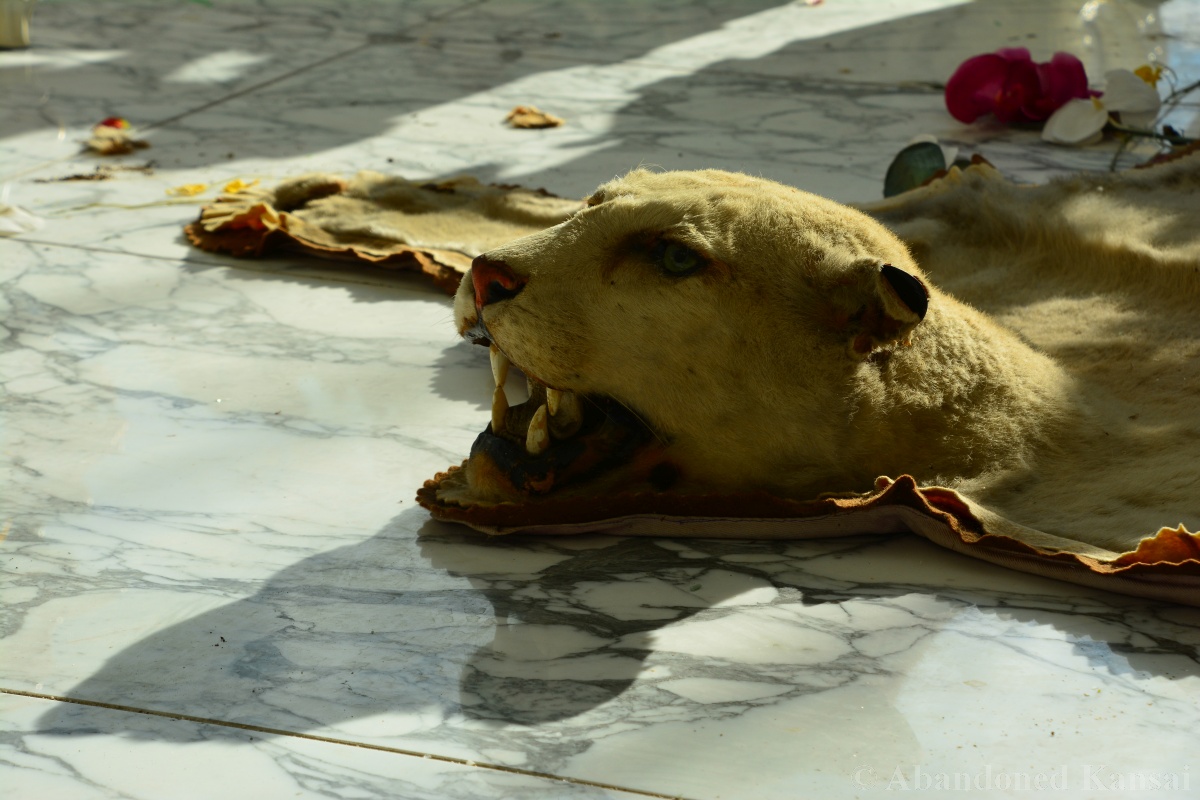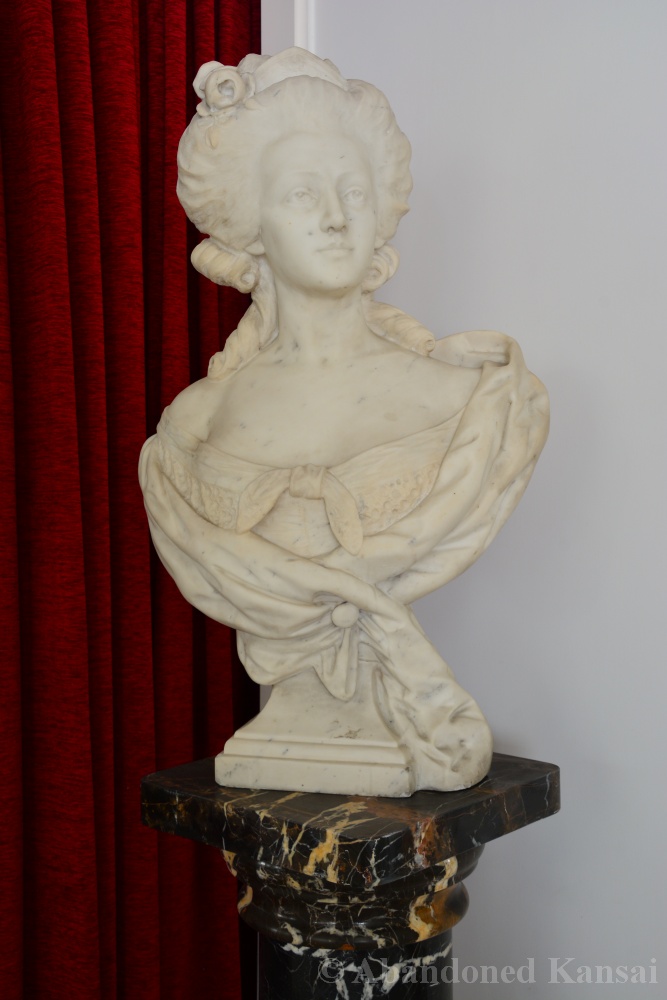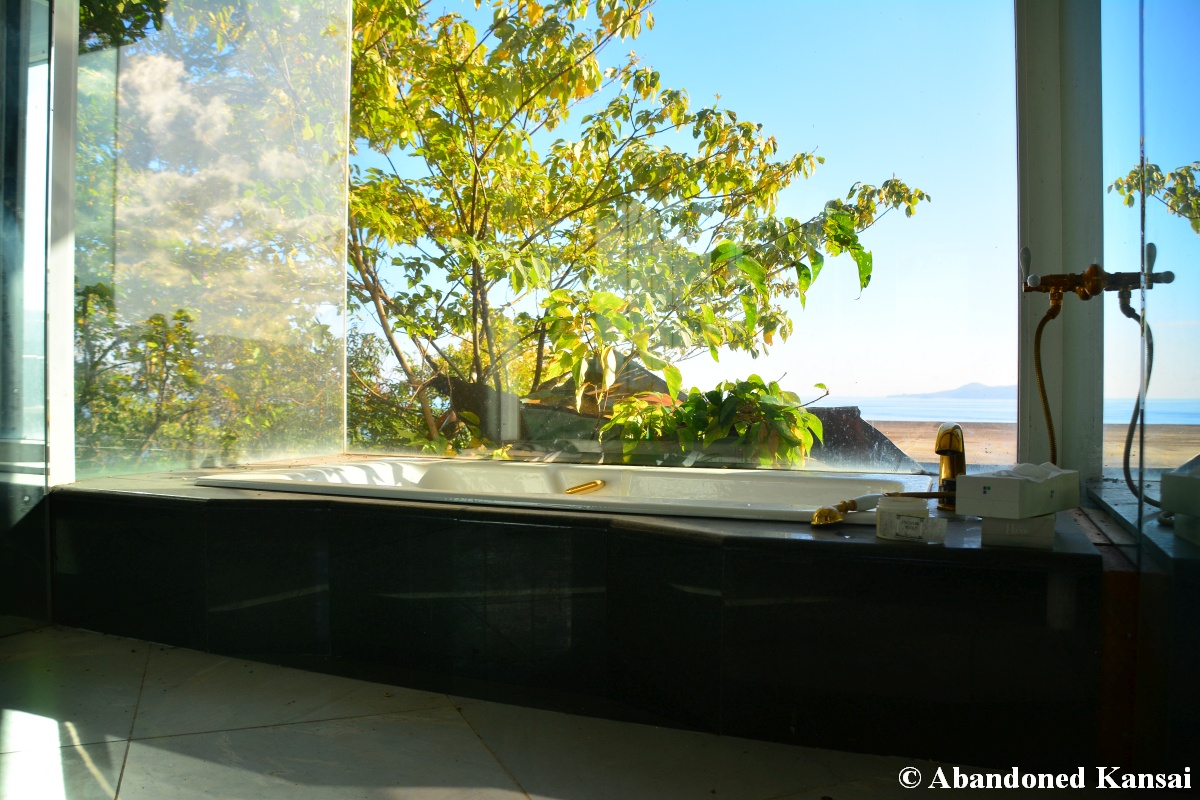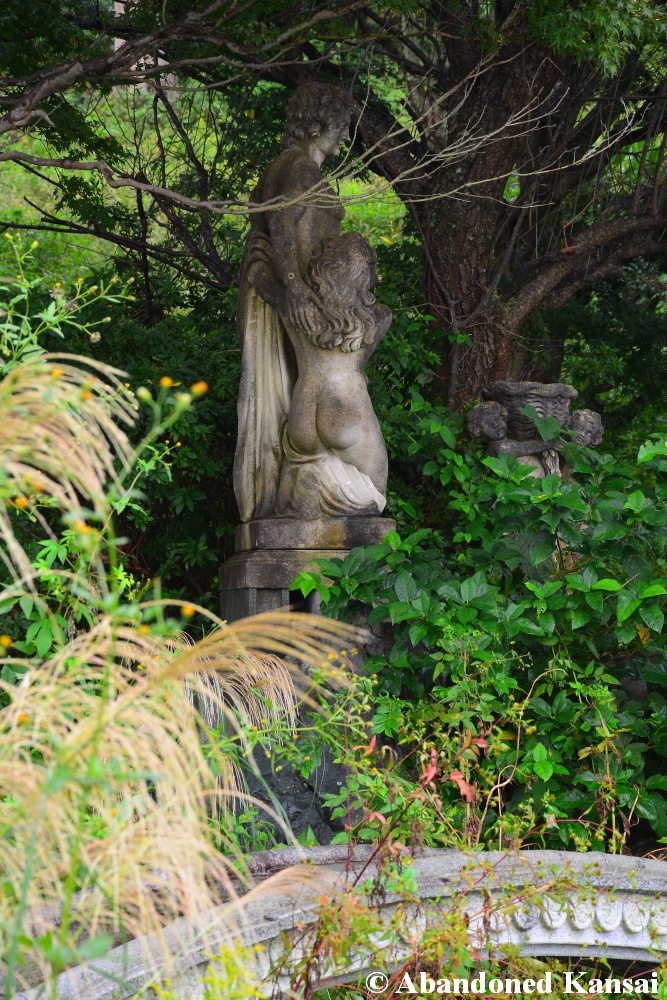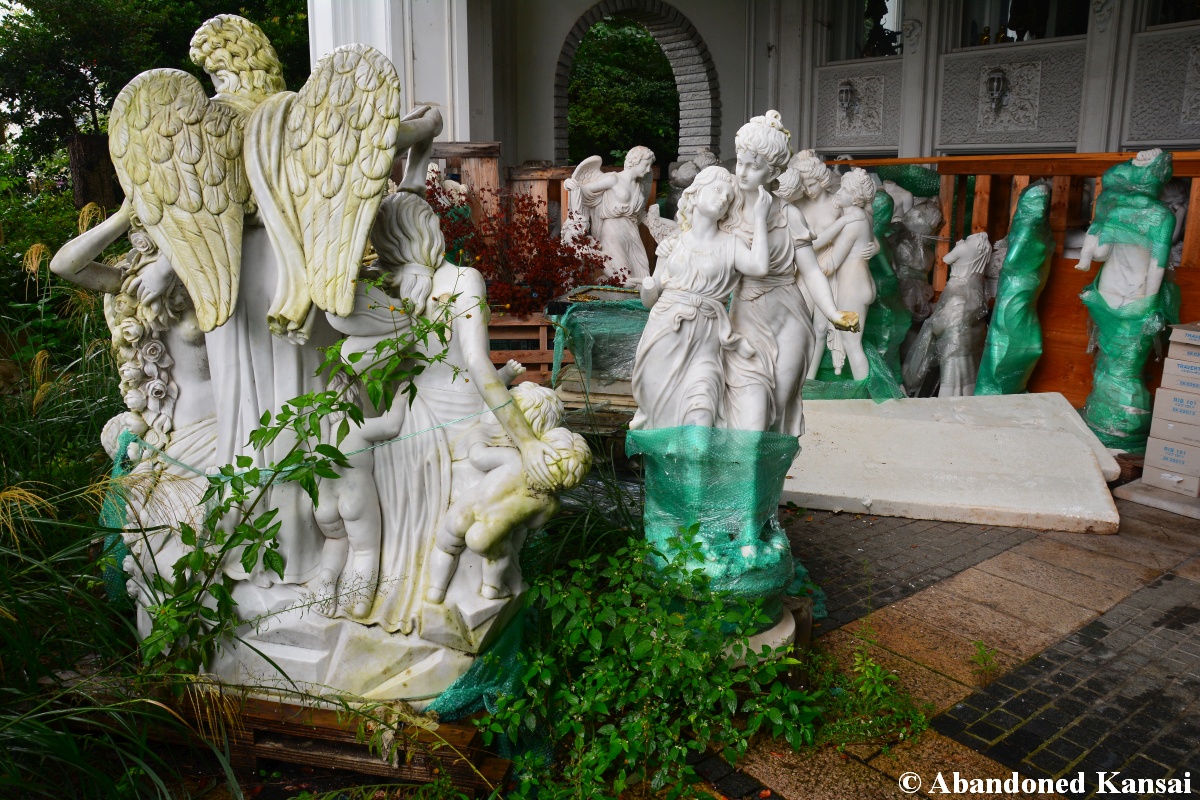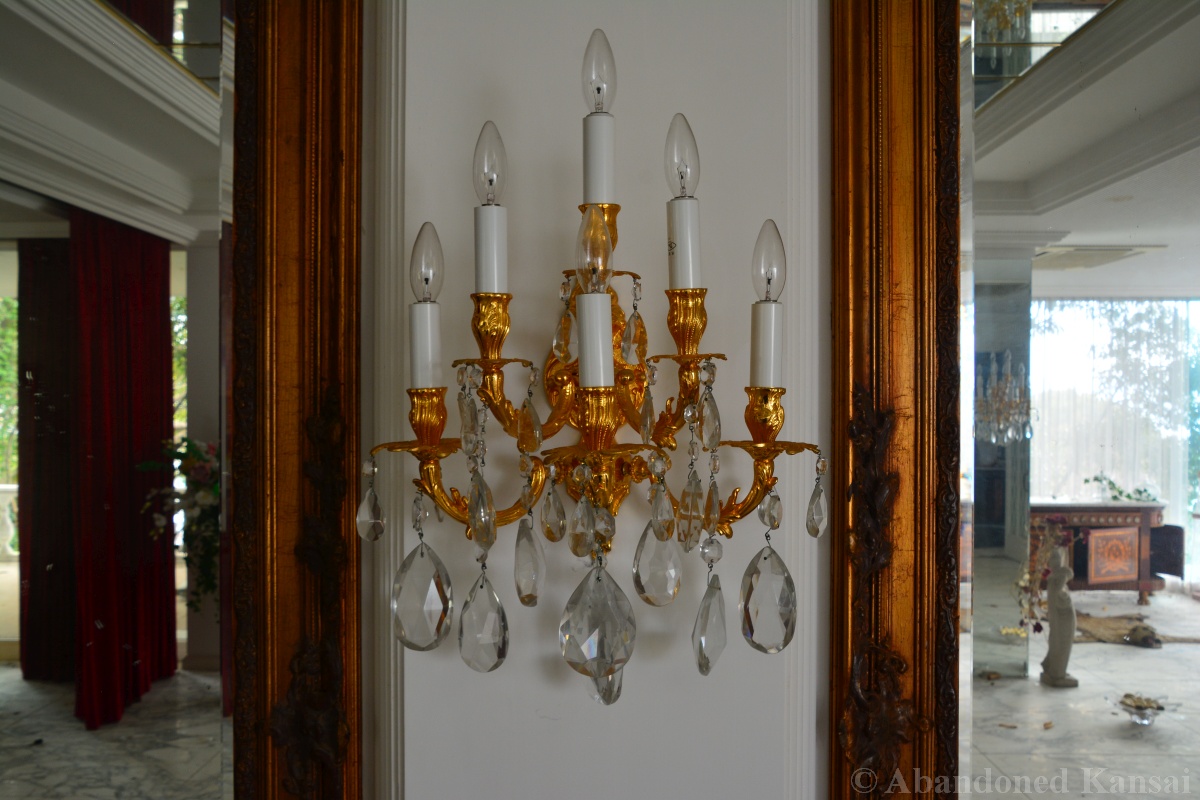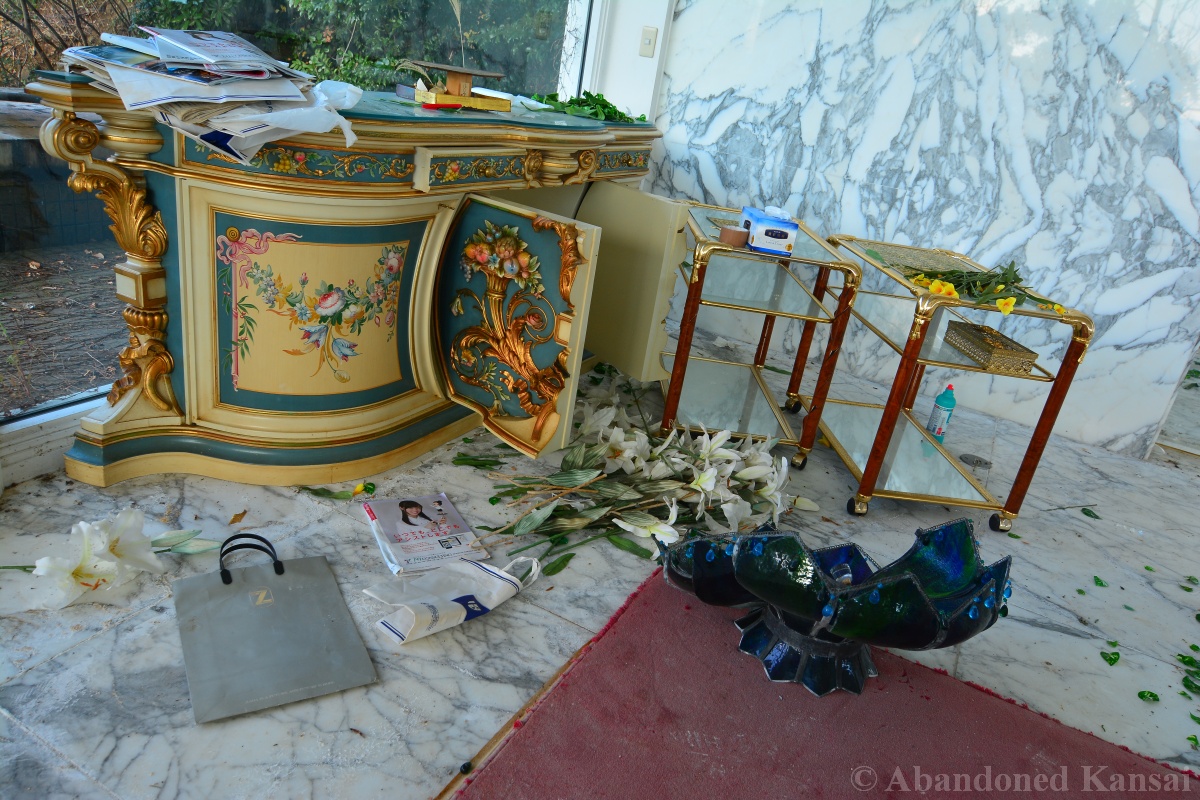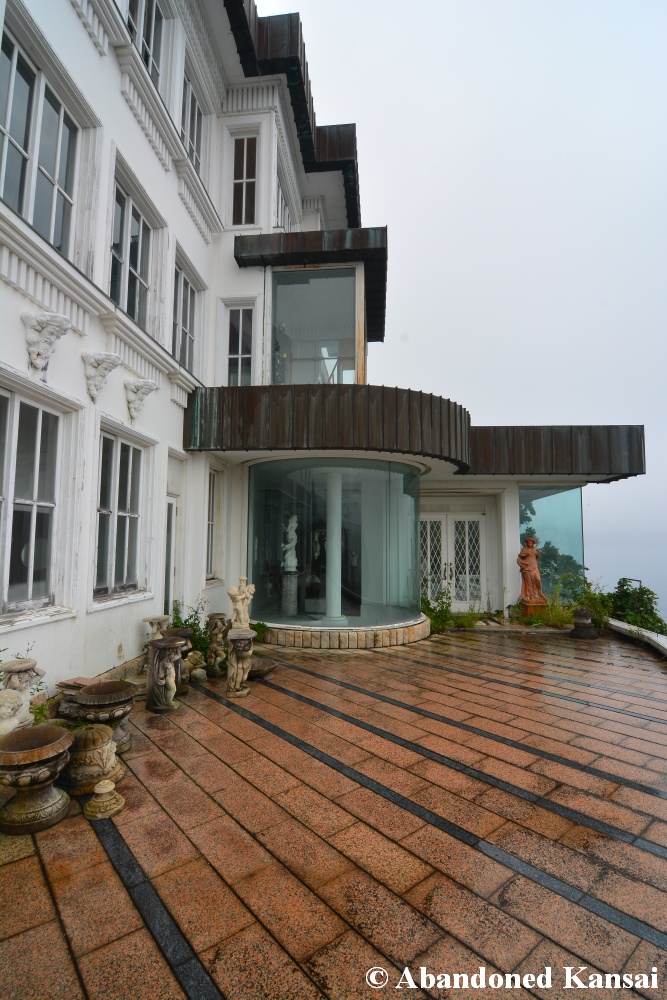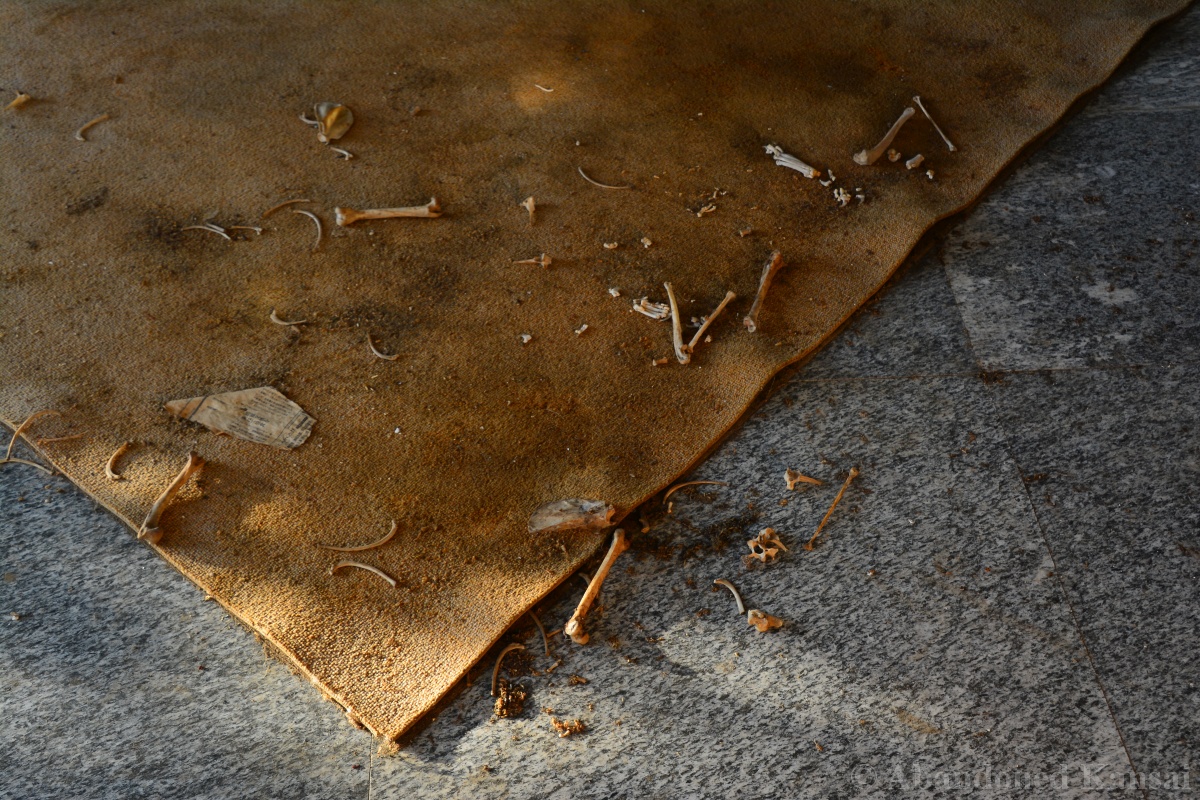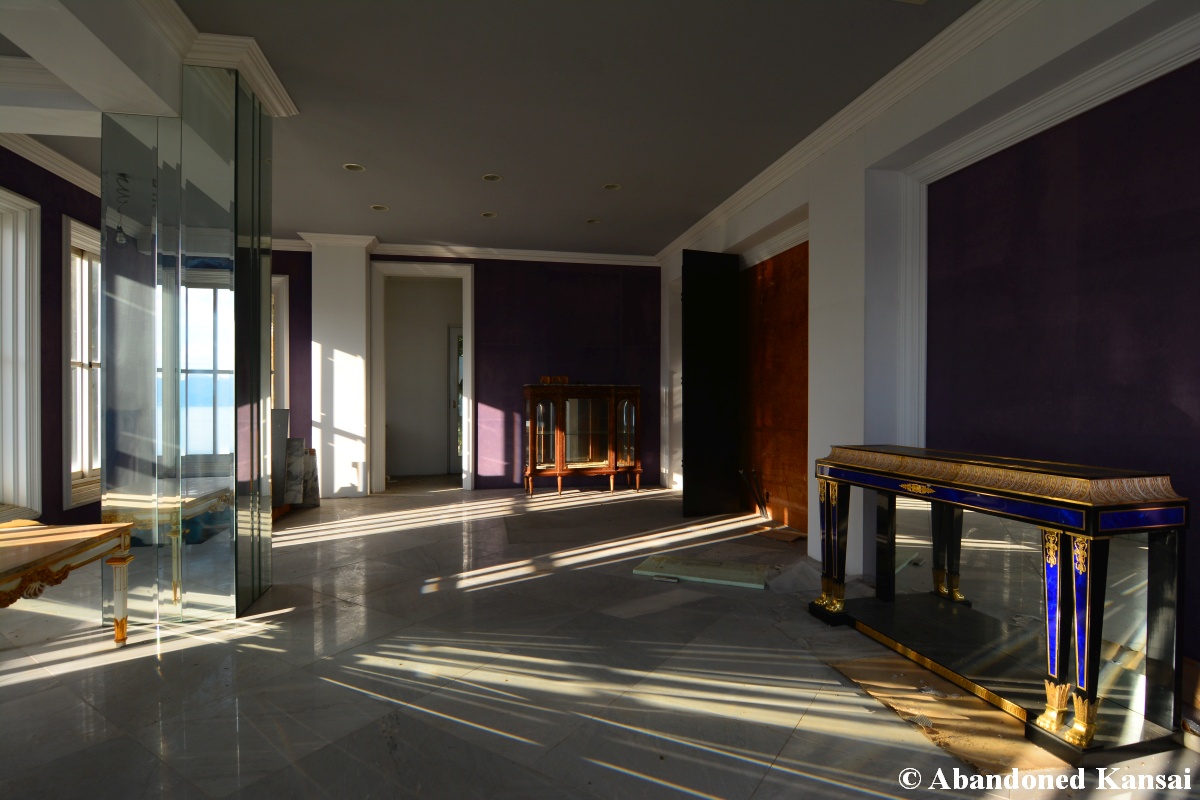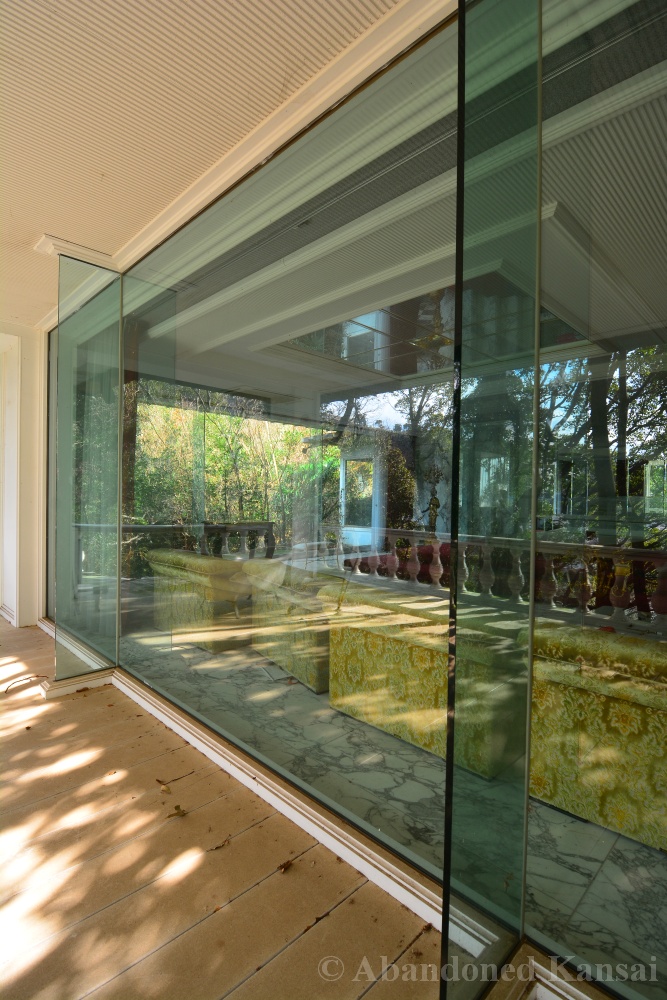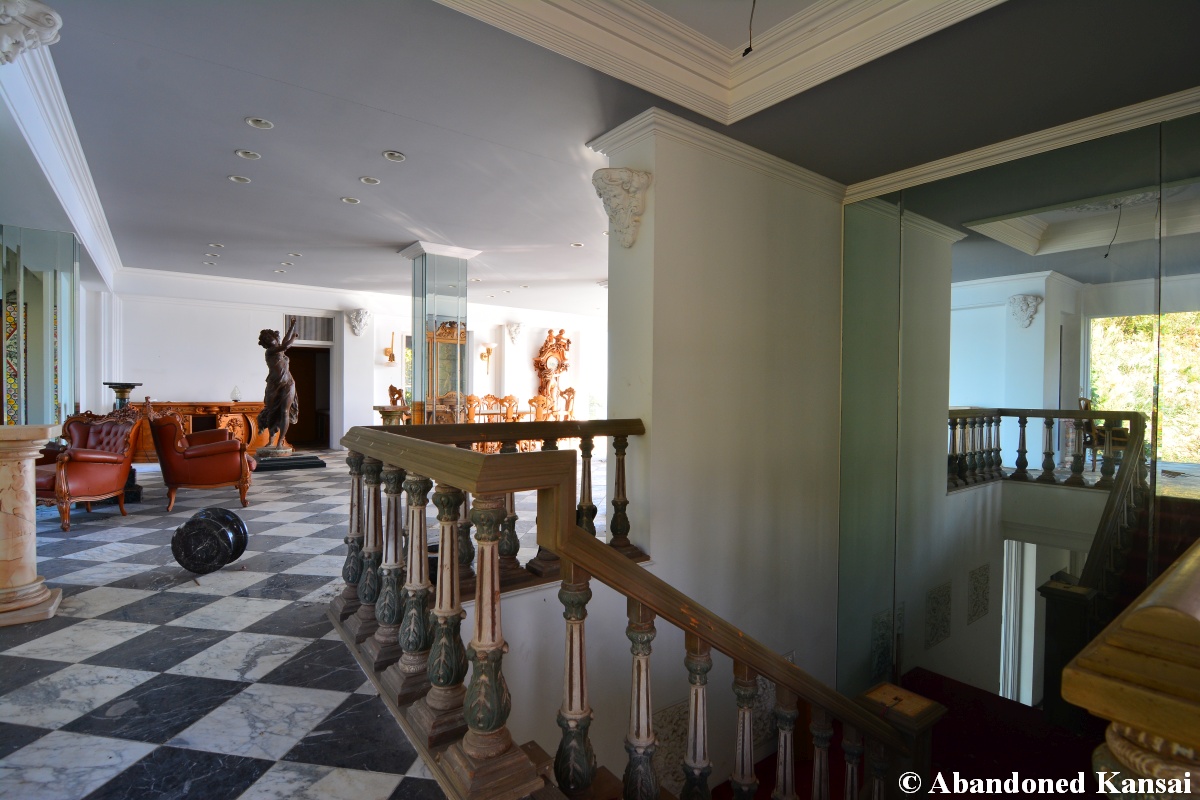Abandon it once, shame on you – abandon it twice, shame on… it? Welcome to Japan’s least loved railway station!
The one thing tourists to Japan can’t stop yapping about is the country’s railway system. It’s so clean, it’s ALWAYS on time, trains run every 5 to 10 minutes, announcements are in four languages, they’ll get you everywhere you want to go (except for Kyoto and it’s nasty, nasty buses!) and you pay a dirt-cheap flat rate! Well, as a long-term resident of Japan I’ll give them 1 out of 6. 1.5 out of 6 at best.
Japanese trains indeed are clean. That doesn’t necessarily apply for the Osaka Subway (they can call it Metro all they want, to me it’ll always be the terribly crowded and quite dirty subway…), but overall and in comparison to other countries Japanese trains indeed are clean. The dirt-cheap flat rate argument you’ll hear much less often since last autumn JR adjusted their passes prices for inflation after something like 40 years, thought there are still some affordable JR Passes and commuter tickets. The claim that trains are running every 5 to 10 minutes can only come from somebody who never left the Shinkansen lines and adjacent built-up areas. Most stations I use while traveling have trains every 60 to 90 minutes, sometimes only three or four connections a day. Miss one and the rest of your plans for the day fall like dominos. Same for announcements in four languages. Sure, in hardcore tourist areas you have pre-recorded announcements in four languages – if something unforeseen happens you are usually down to one. Most regular rural lines have announcements in Japanese and English at best, sometimes Japanese only. And if you are really unlucky, you’ll get voiced announcements only from a croaking speaker, no visuals. Pro-tip: Always make note of scheduled arrival times for reference. Which of course only helps when the trains are actually on schedule. Which is not necessarily always the case. I’ve had more than my fair share of delays (and I mean real delays of up to two hours, not the usual three to five minutes in urban commuter Kansai…) – which is even worse when you rely on the often glorified punctuality of Japanese trains. In Europe you automatically include a 30 minutes buffer, so a 15 minute delay won’t throw you off – when you rely on stuff being on time, five minutes can make a huge difference!
Which brings us to the final myth, that Japanese trains bring you everywhere. They don’t. The Japanese rail network has been shrinking for decades and in November 2016 JR Hokkaido announced that it will “rationalize” up to 50% of it’s network. The remaining part of the Rumoi Main Line has since been closed, the same applies for the Yubari Branch Line, which I had the pleasure to ride while it was still active. More lines in Hokkaido and the rest of Japan will follow – so when you see stuff like the train bridge to Kansai Airport being repaired within two weeks… that happened, sure – but most damaged lines are just quietly abandoned, for example the Hidaka Main Line between Mukawa Station and Samani Station; 116 of 146.5 km gone!
The Twice Abandoned Train Station was first opened in 1929 and the closed in 1975. Three years later the station was converted into a railway museum as an early attempt to keep a memory of once glorious industrial achievements – a rather unusual move in the emerging Information Age, when people moved to white collar jobs and looked down on the era of dirty hard labor. Unfortunately the museum station began to suffer from decreasing visitor numbers and old age, so after a while the station museum was open only on weekends and national holidays before closing for good in 1999.
As the Twice Abandoned Train Station is now 1) abandoned and 2) kind of in the middle of nowhere, public transport to get there wasn’t exactly plentiful. Six connections in one direction and five in the other. Of course those connections didn’t line up very well, so it was either 30 minutes or four hours on location – 30 minutes too short or three hours too long for my taste. Since spending half a day there would have prevented me from checking out another place (like I said, rare countryside connections usually have a domino effect), I decided to rush it… as much as I could, since quite a few people came to see the temple across the street that day, which meant that I had to find in a way through the overgrown back, which was out of sight. The sky being overcast didn’t help either, so I consider the exploration of the Twice Abandoned Train Station a partial success and as good as it gets when you have to plan weeks ahead to get to one of the most remote areas from Kansai by public transport. I hadn’t been to the area before and I haven’t been ever since, so I’m glad that I was able to explore the Twice Abandoned Train Station, because you never know when places like that disappear for good.
Also don’t miss out on my *recent article about some special trains* and *previous transportation related explorations*.
(*Like Abandoned Kansai on Facebook* or *follow us on Twitter* if you don’t want to miss the latest articles and exclusive content – and subscribe to the *video channel on Youtube* to receive a message right after a new video is online…)












